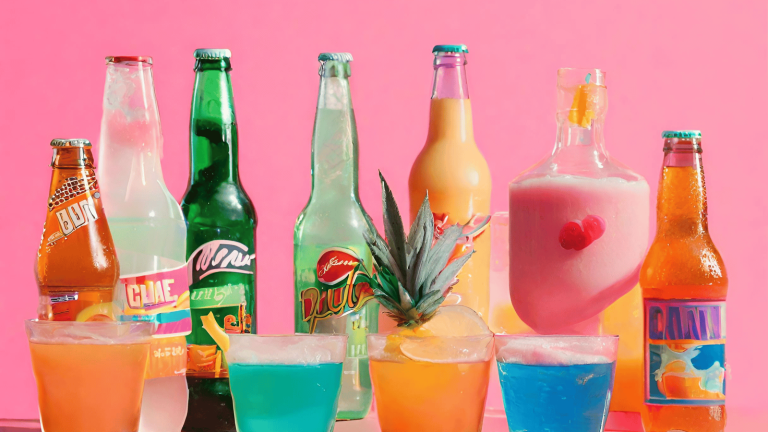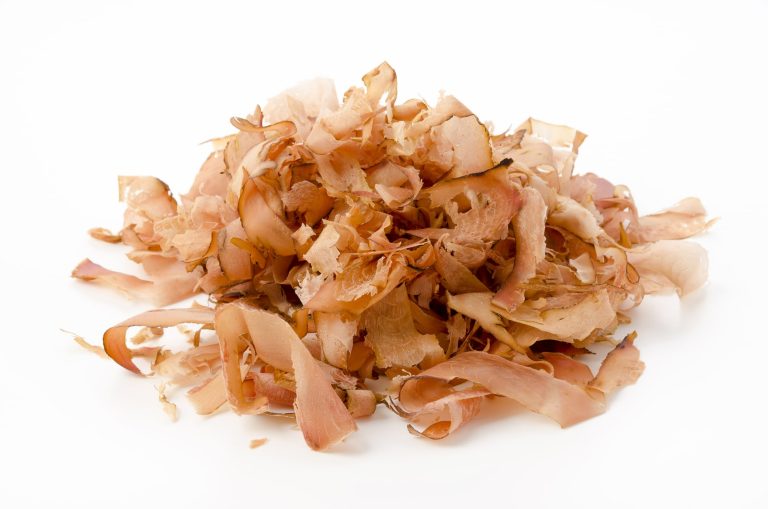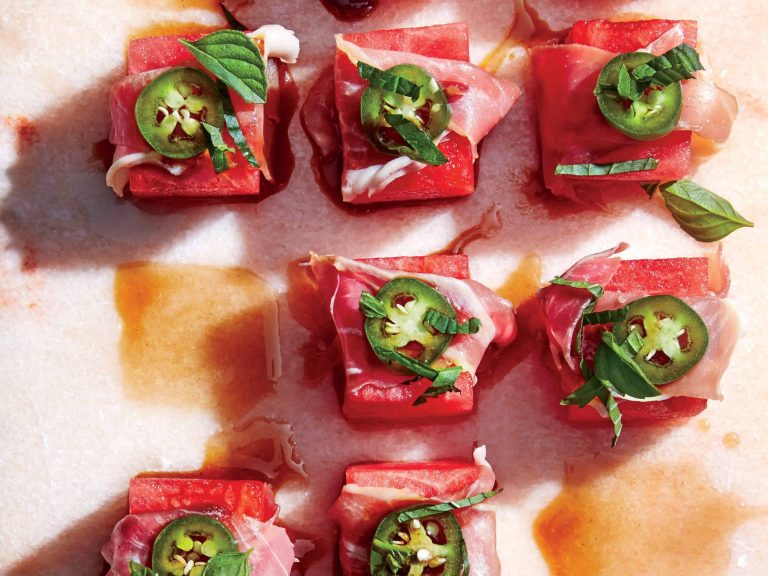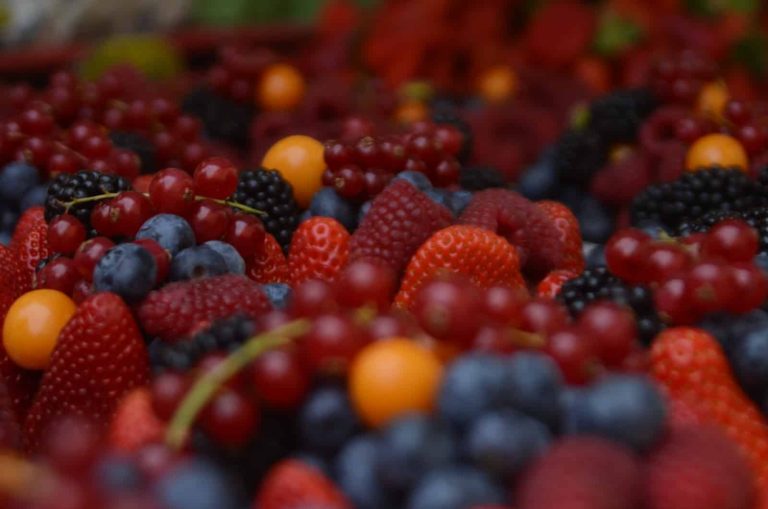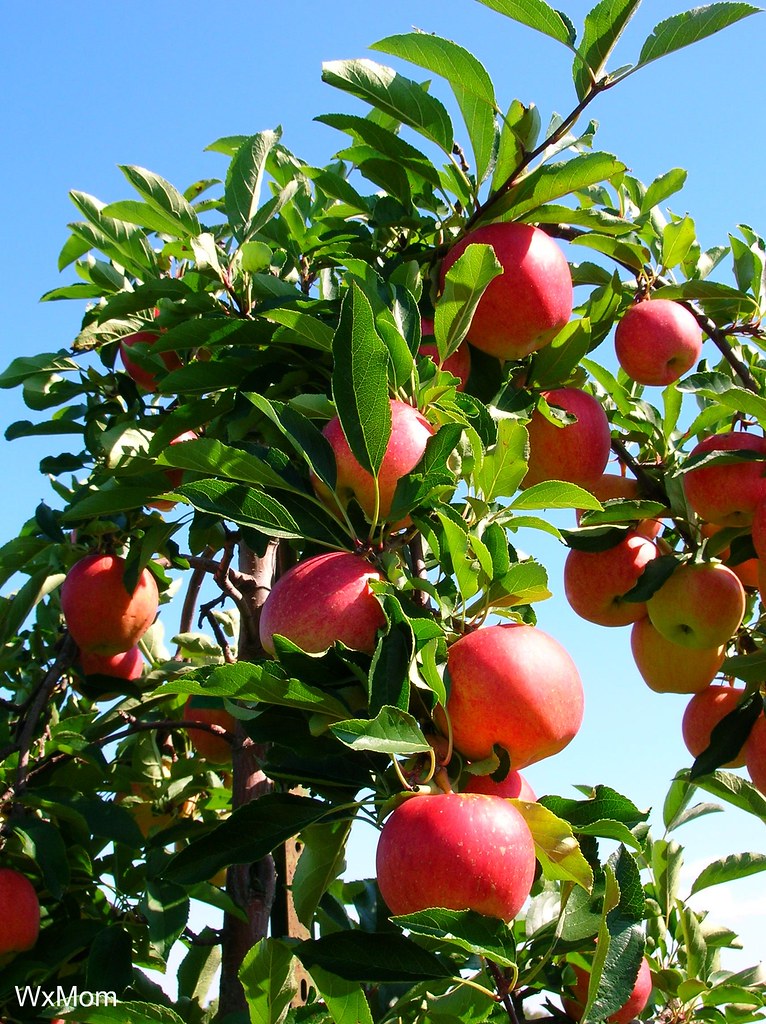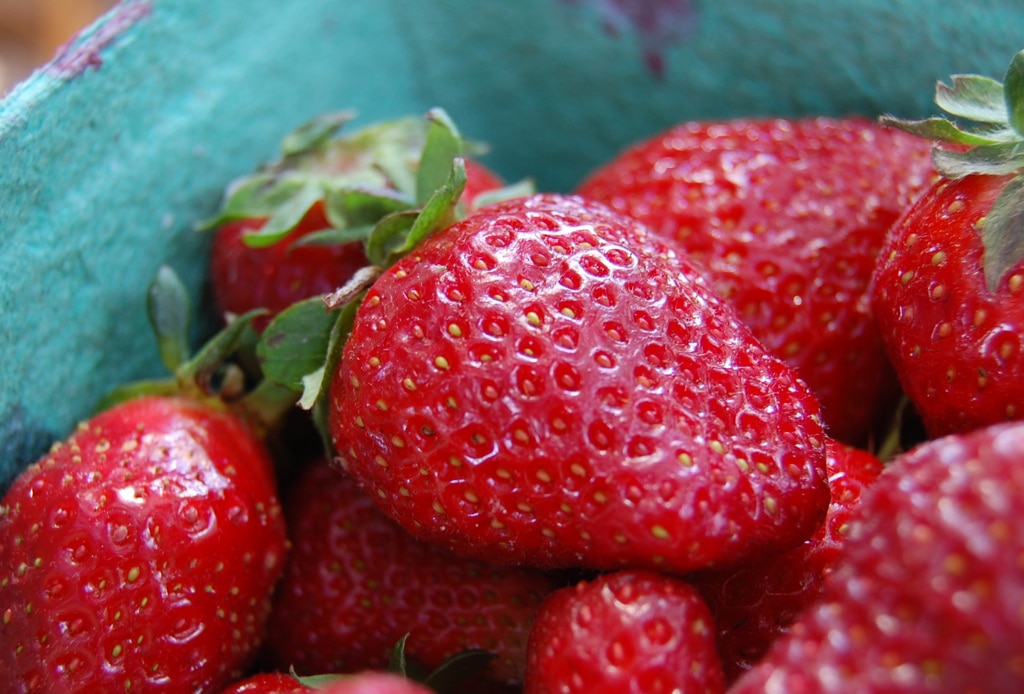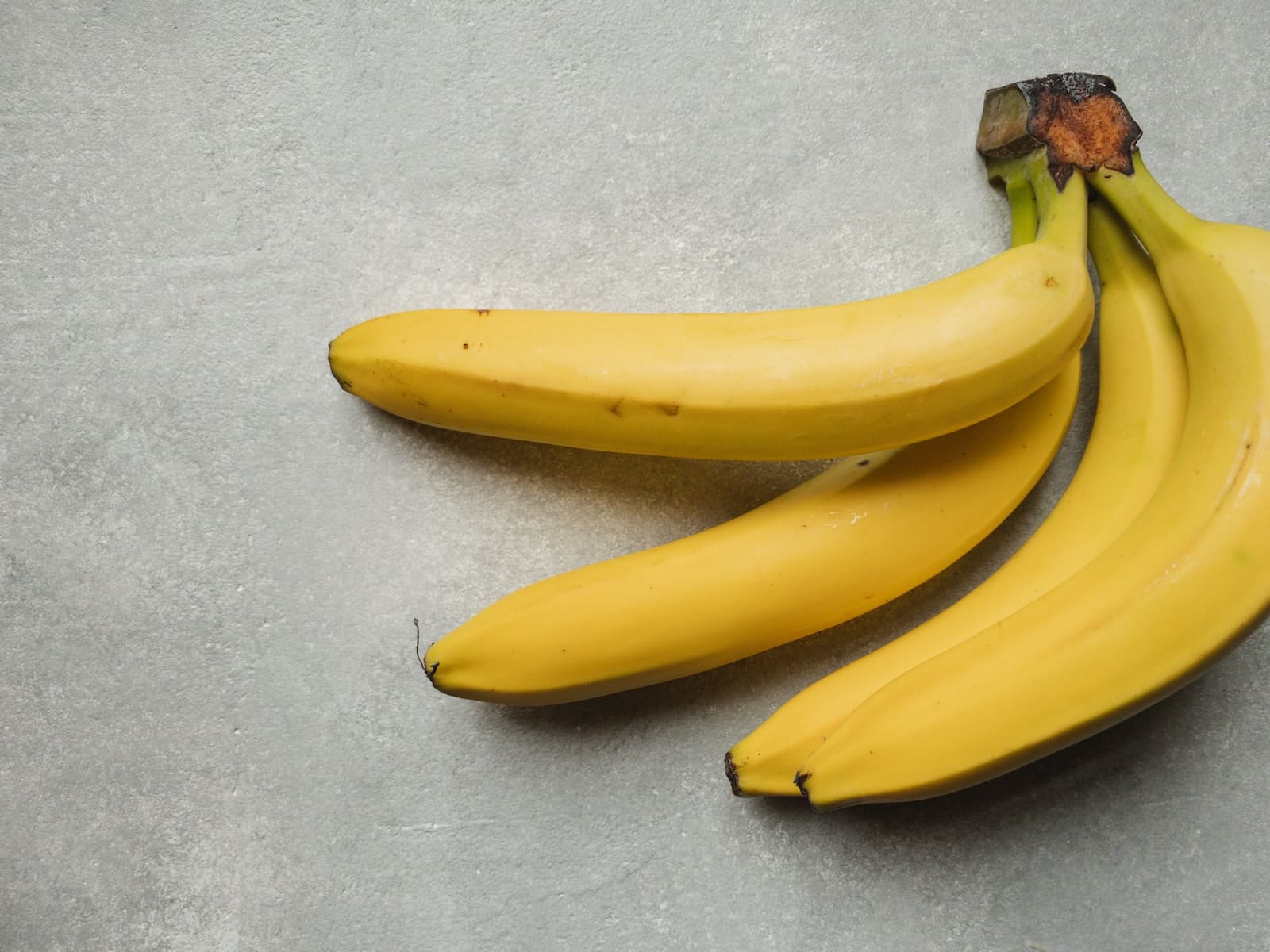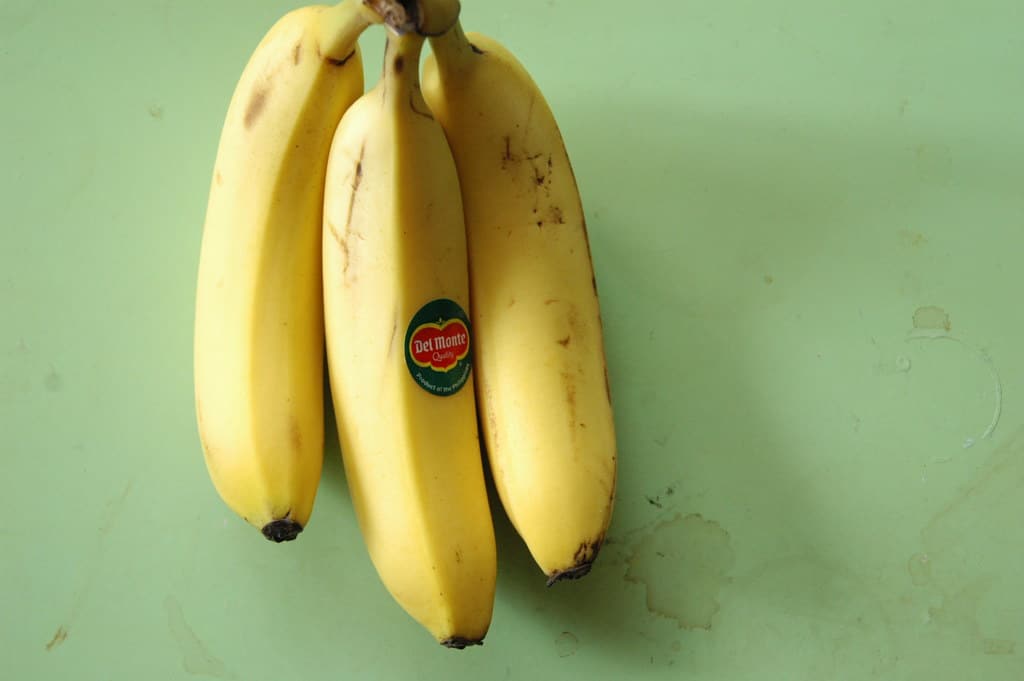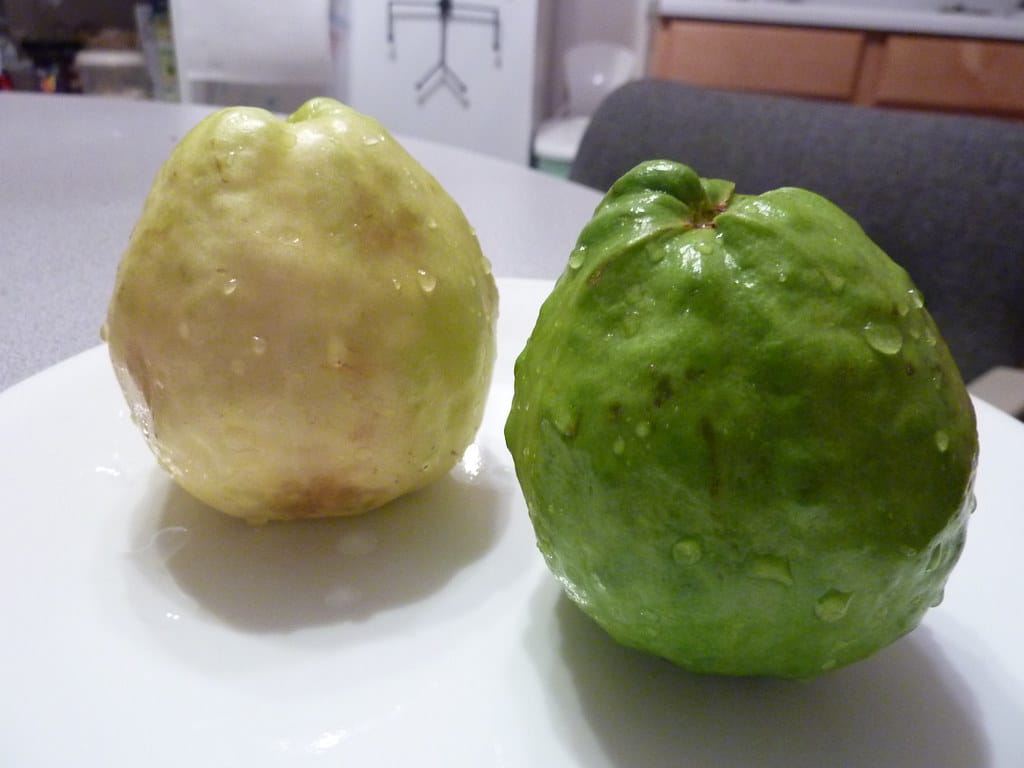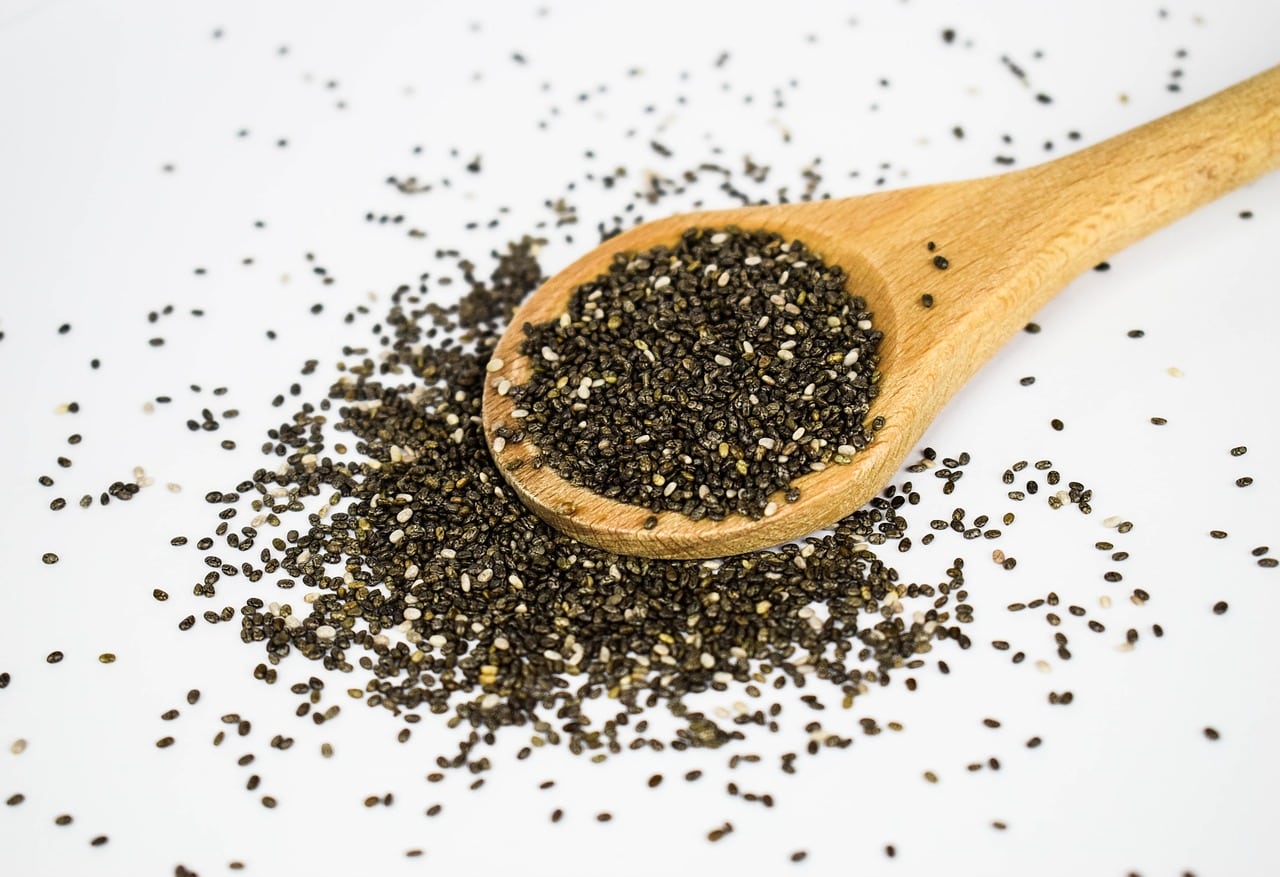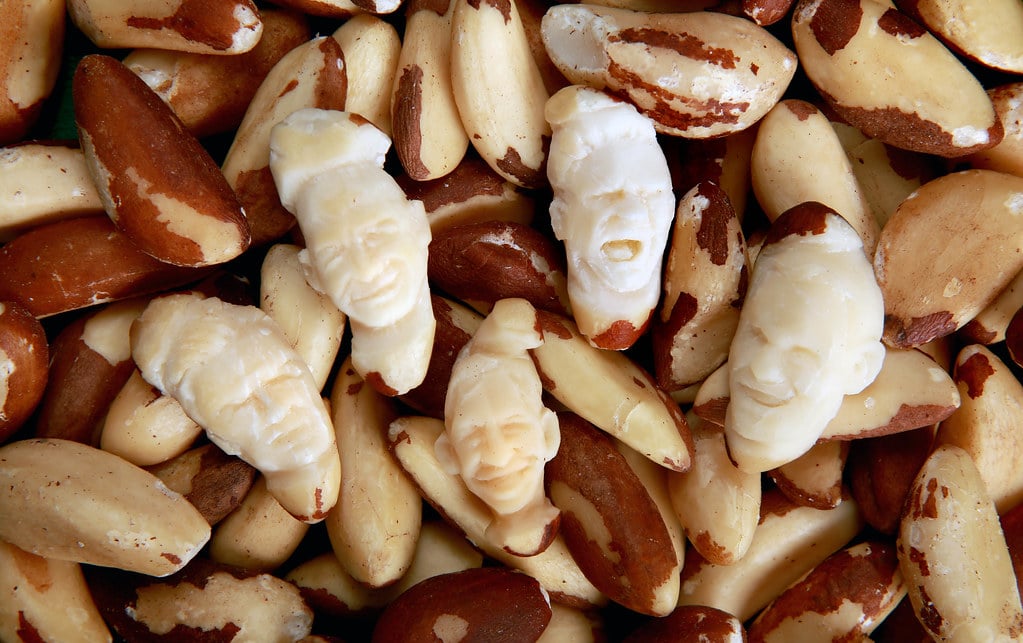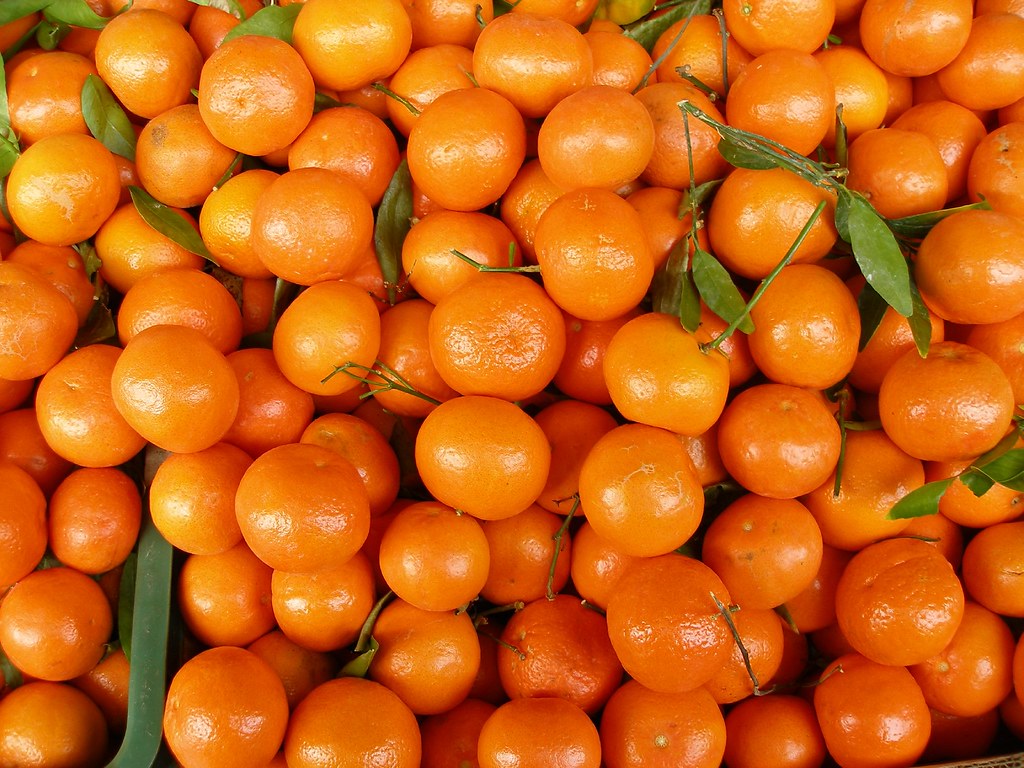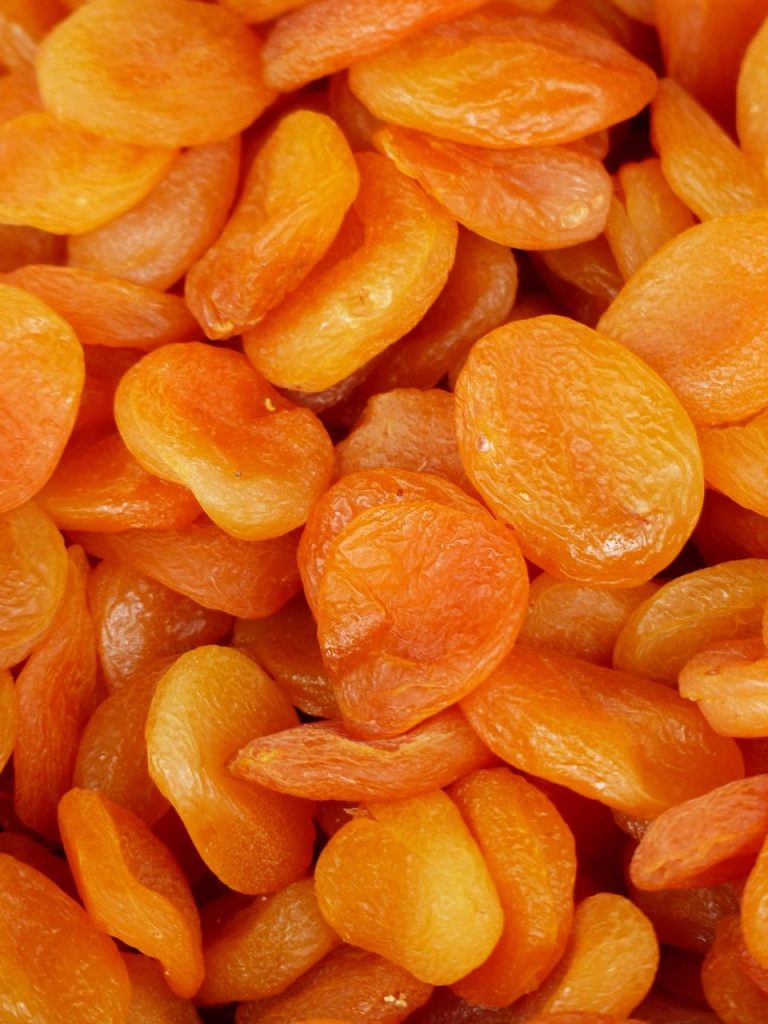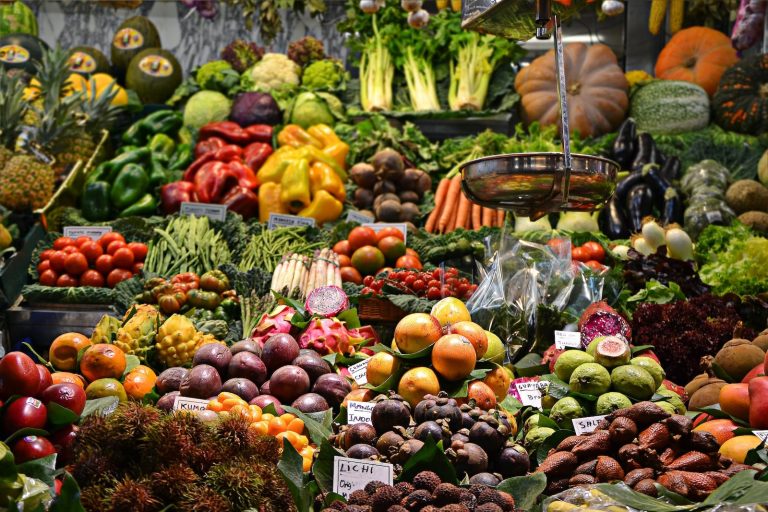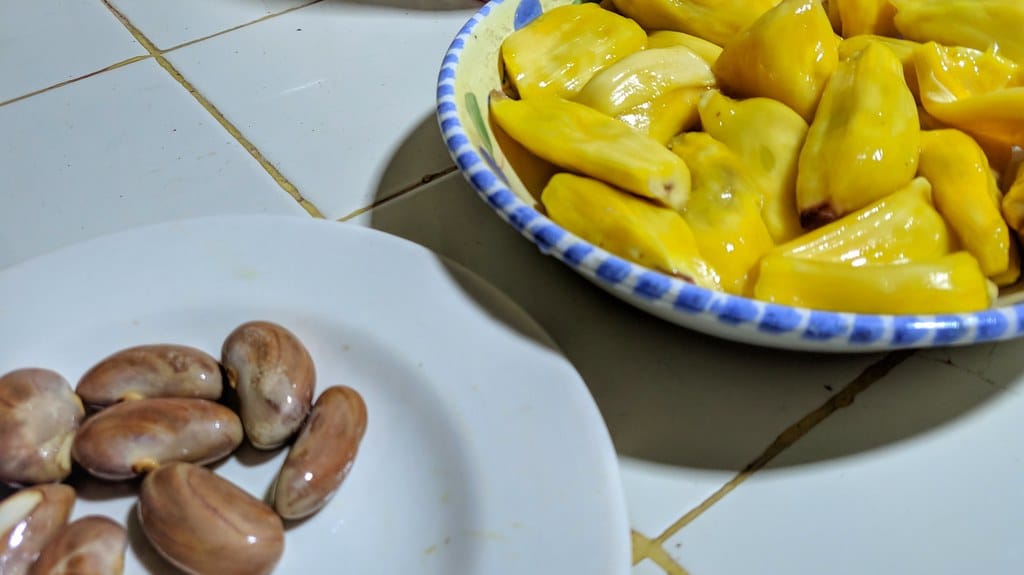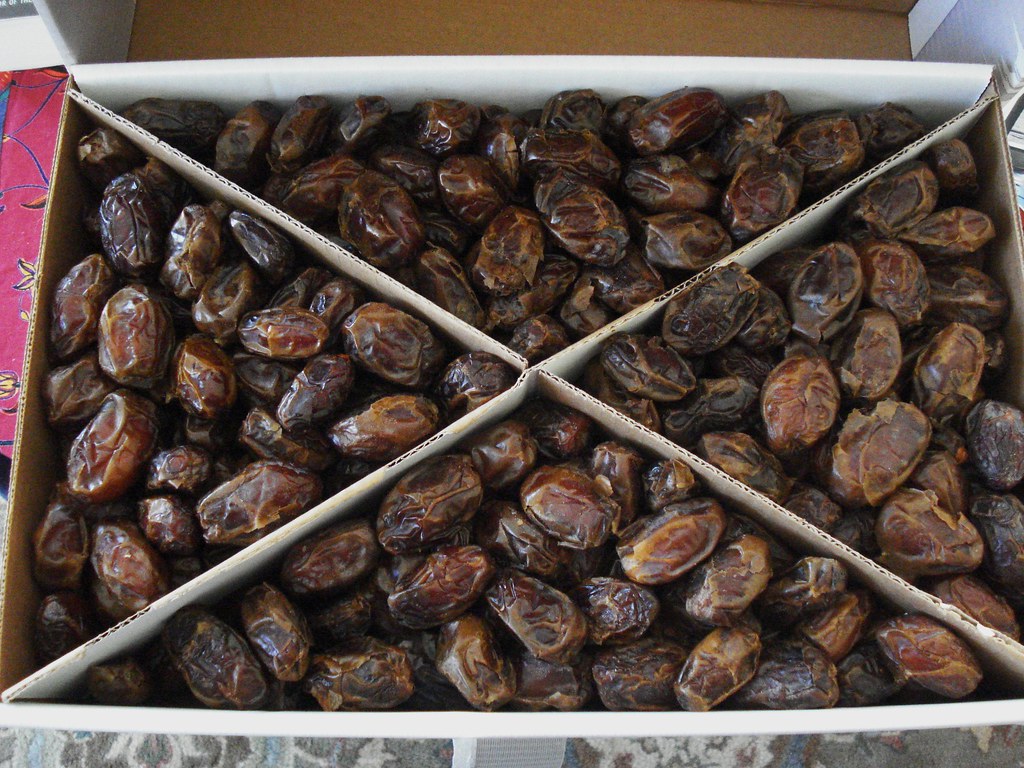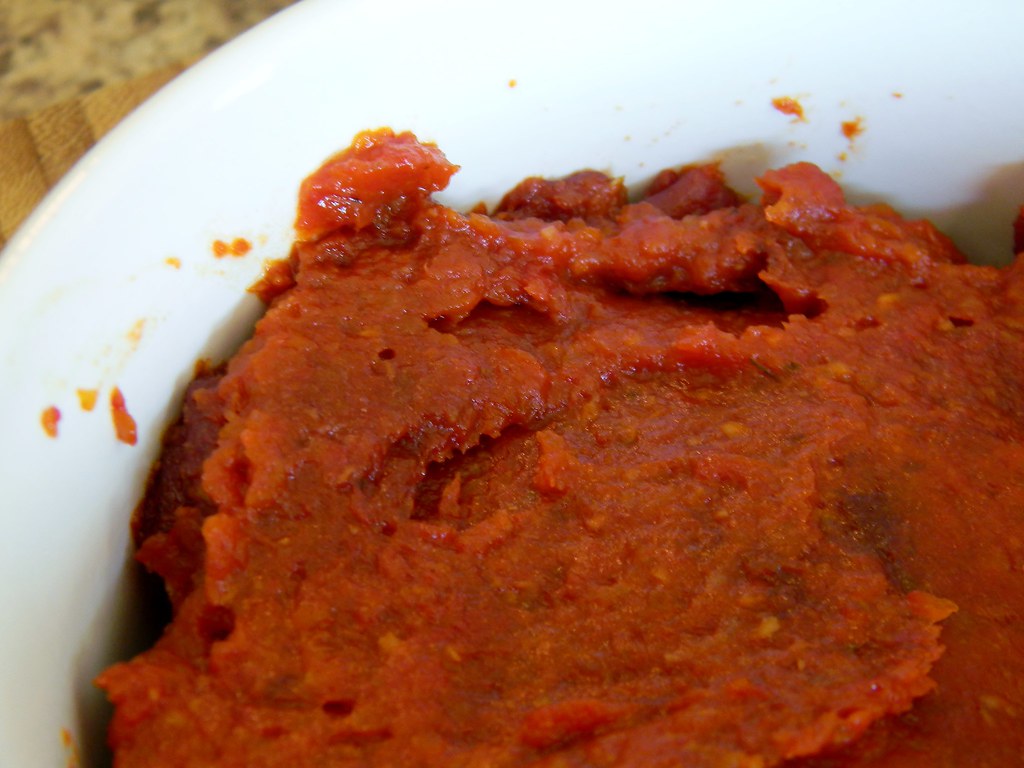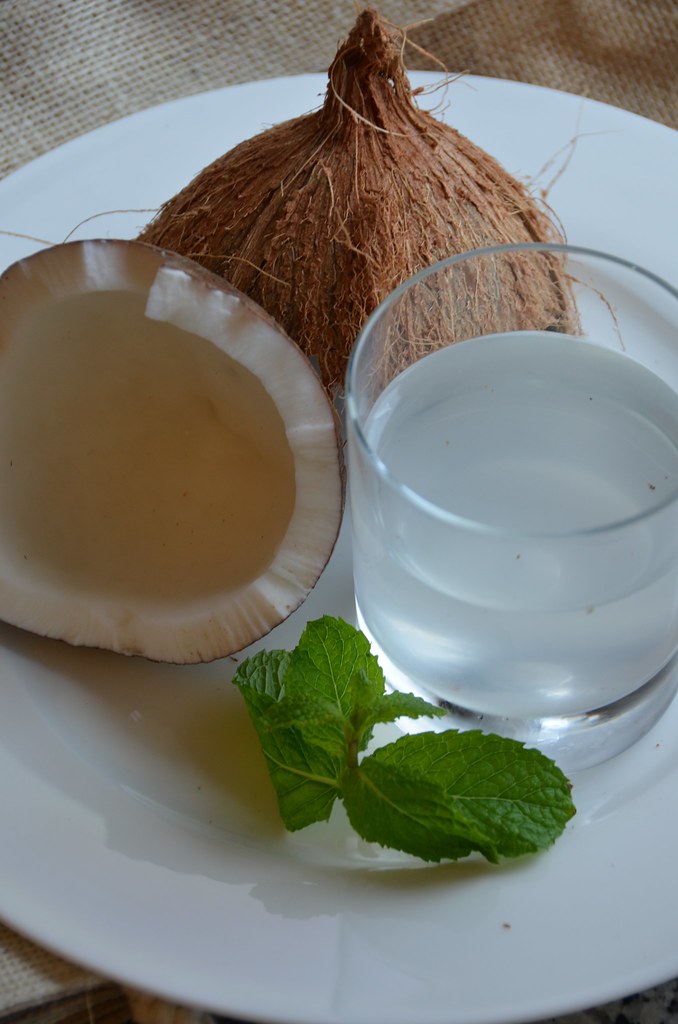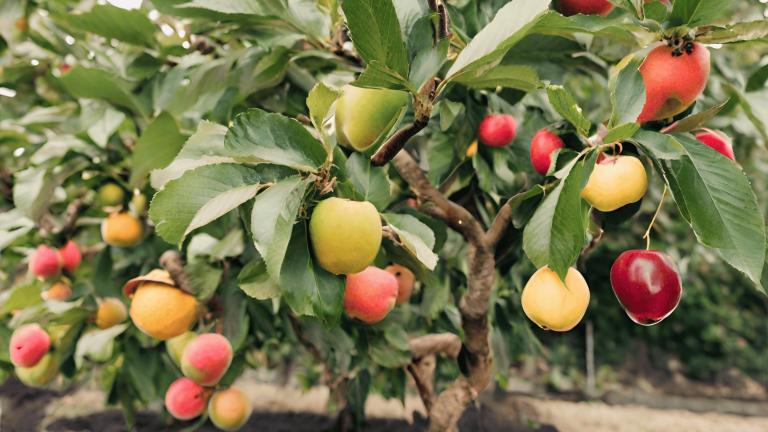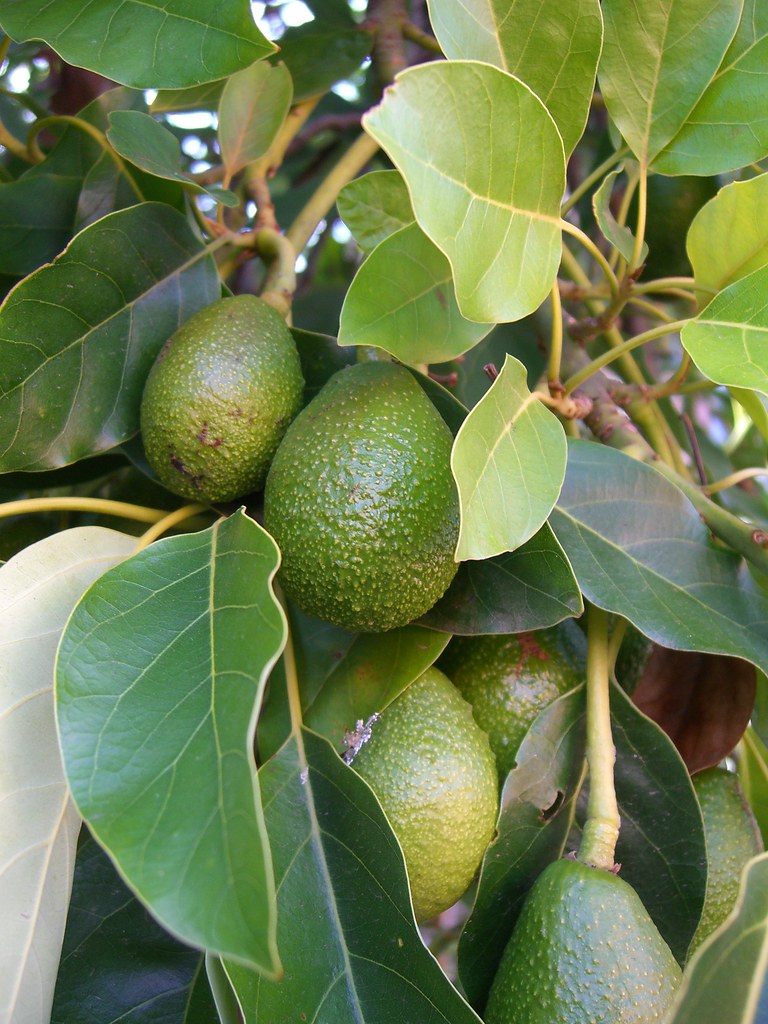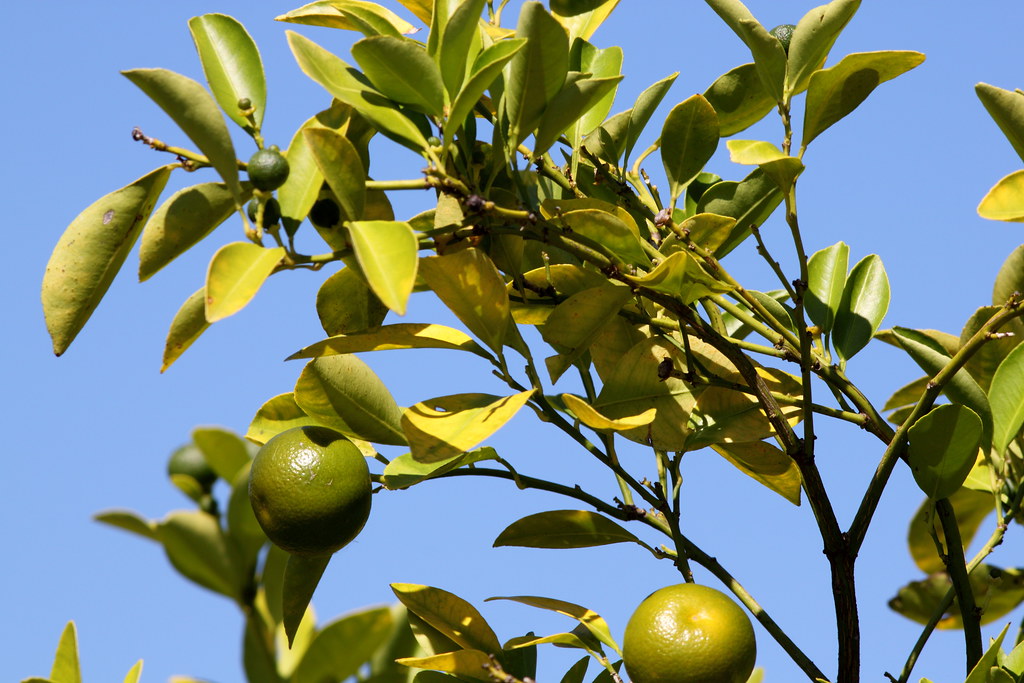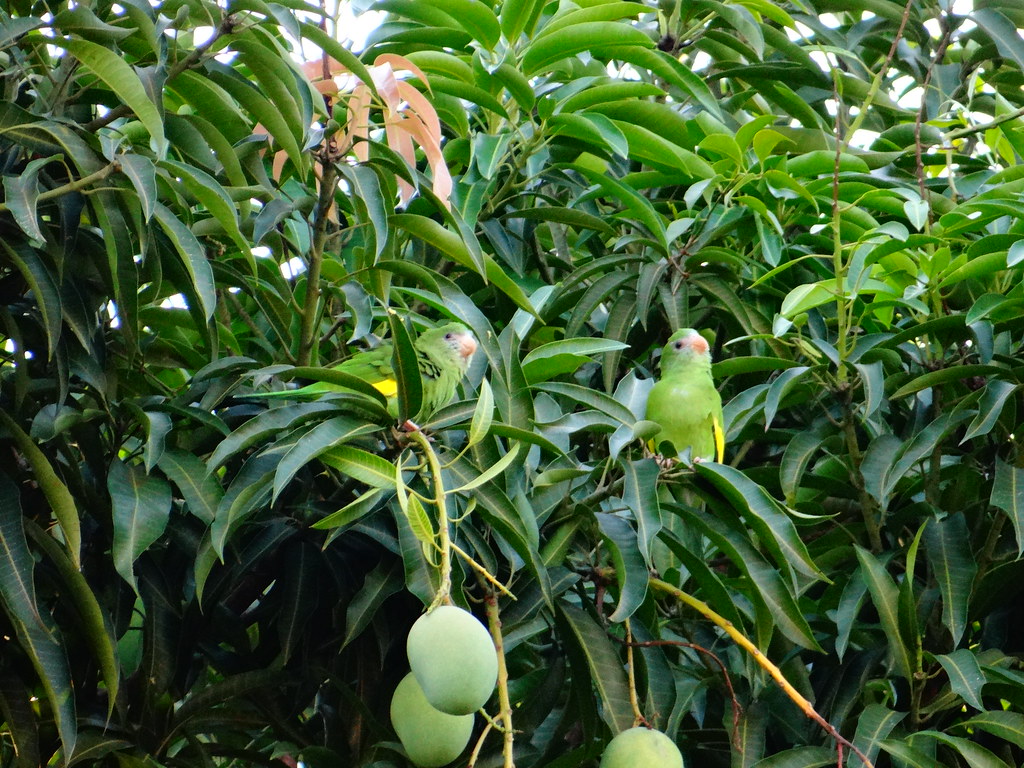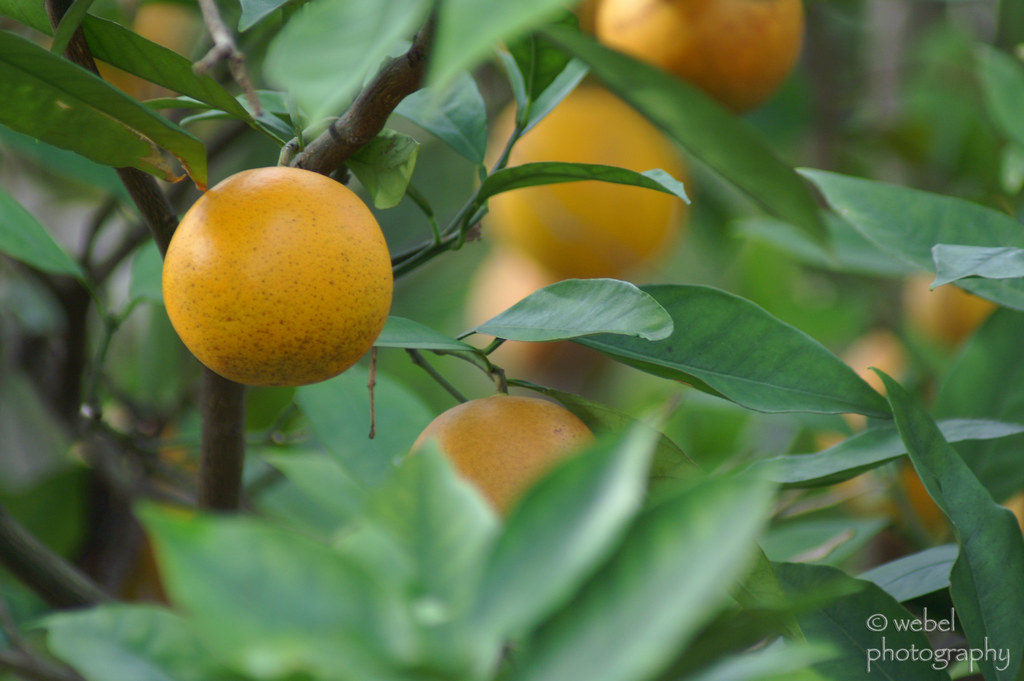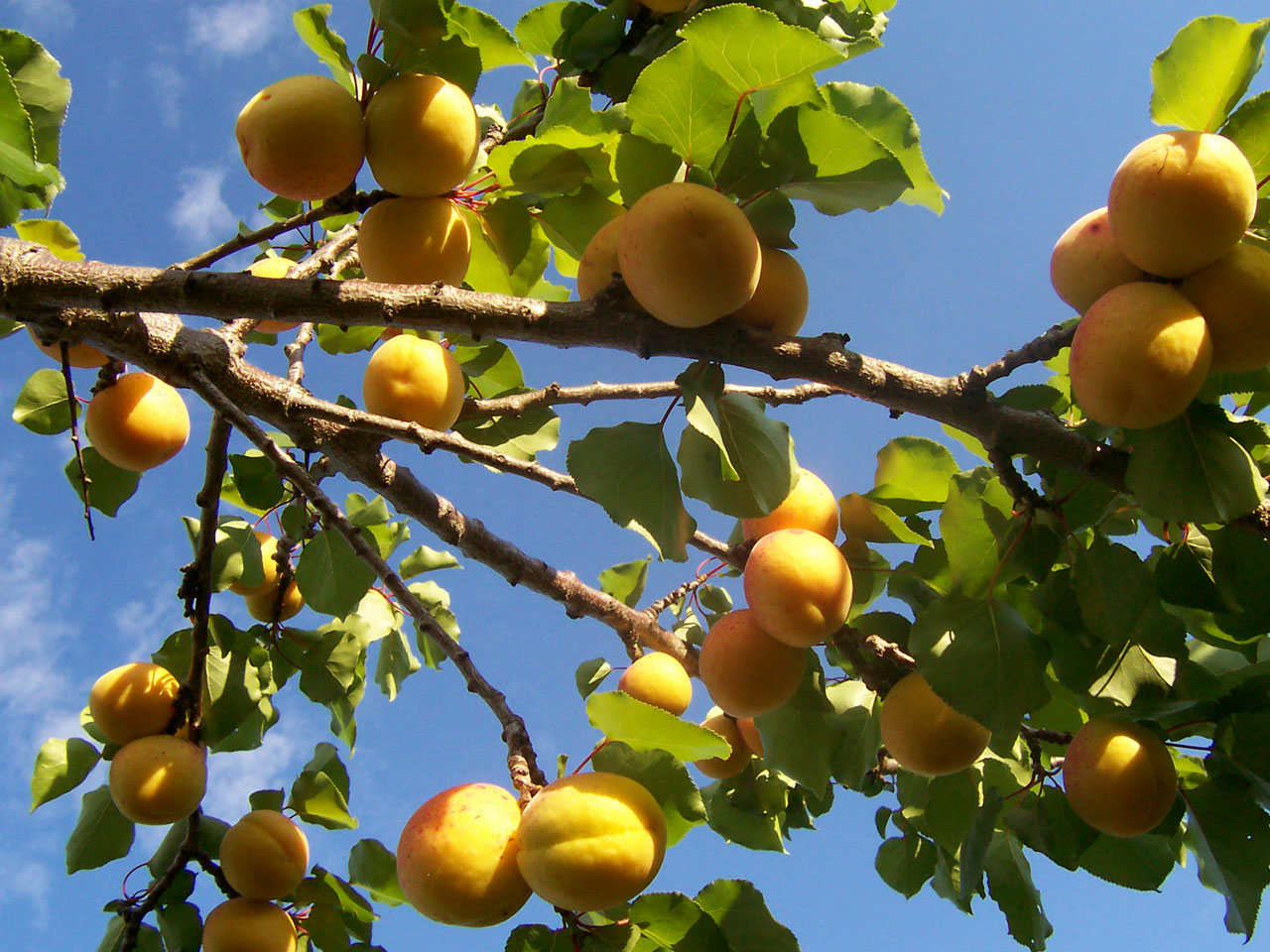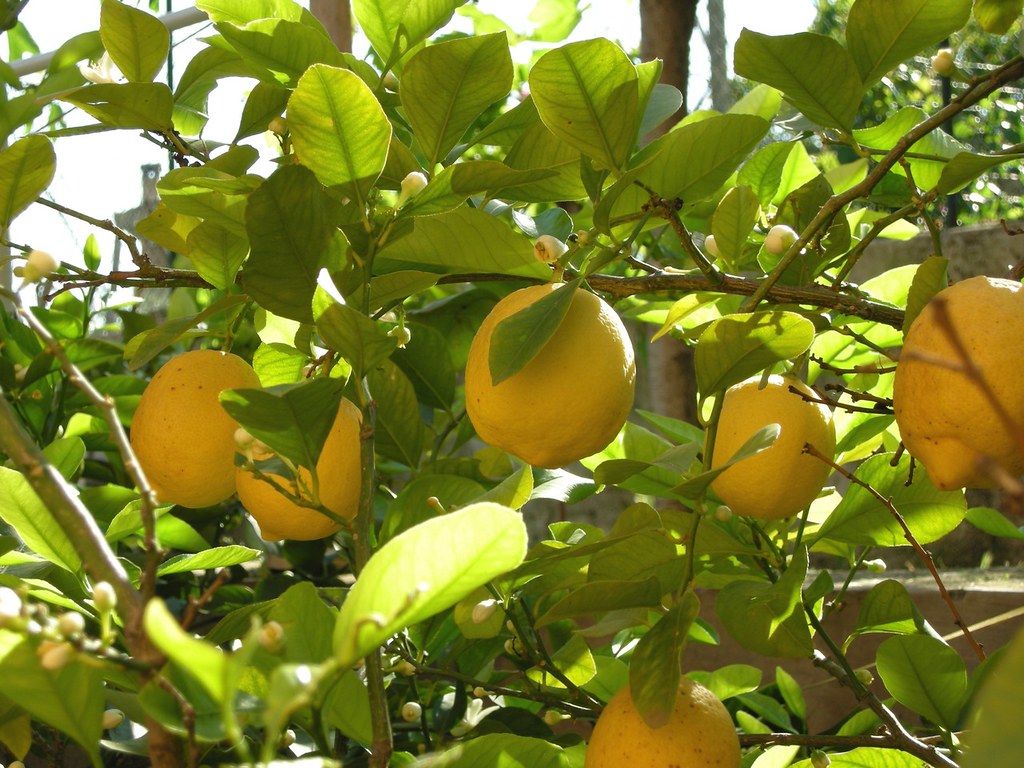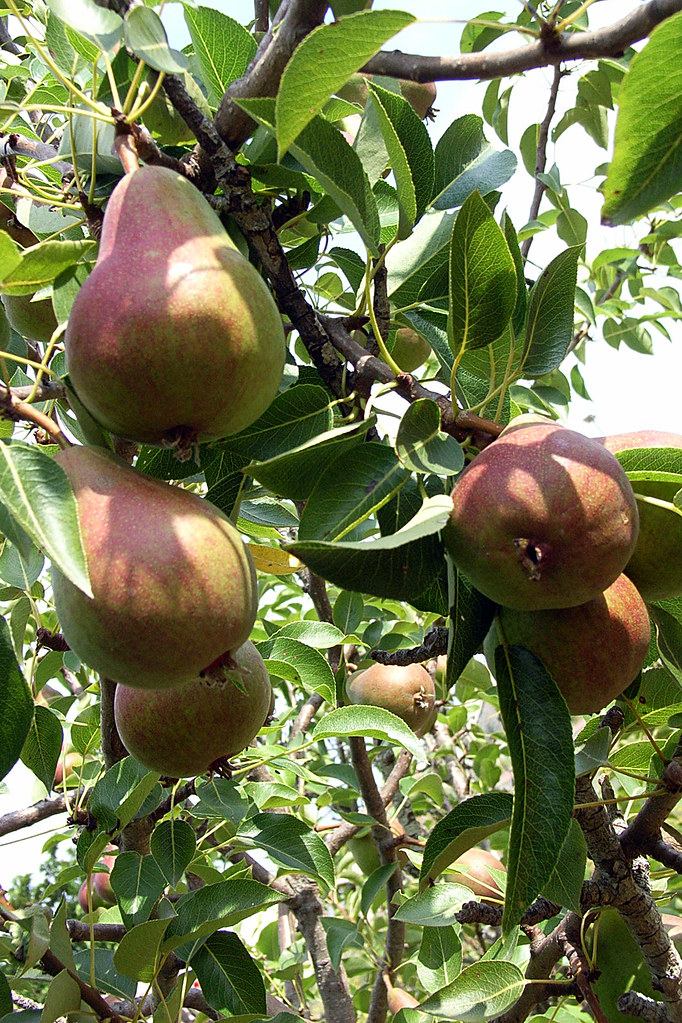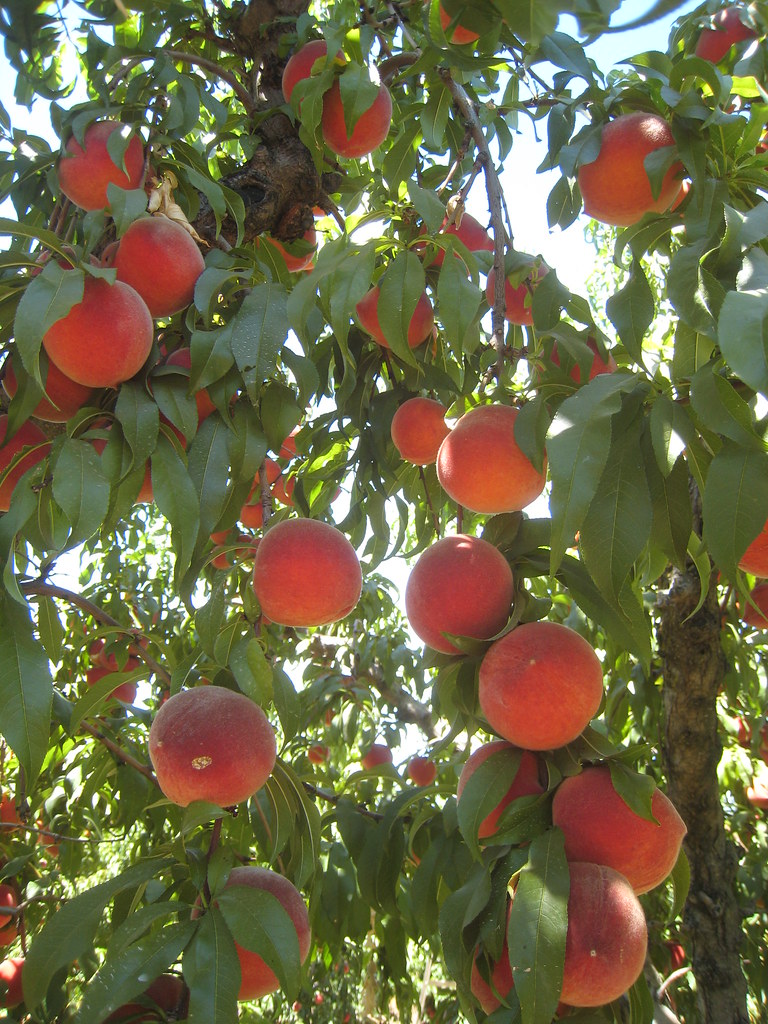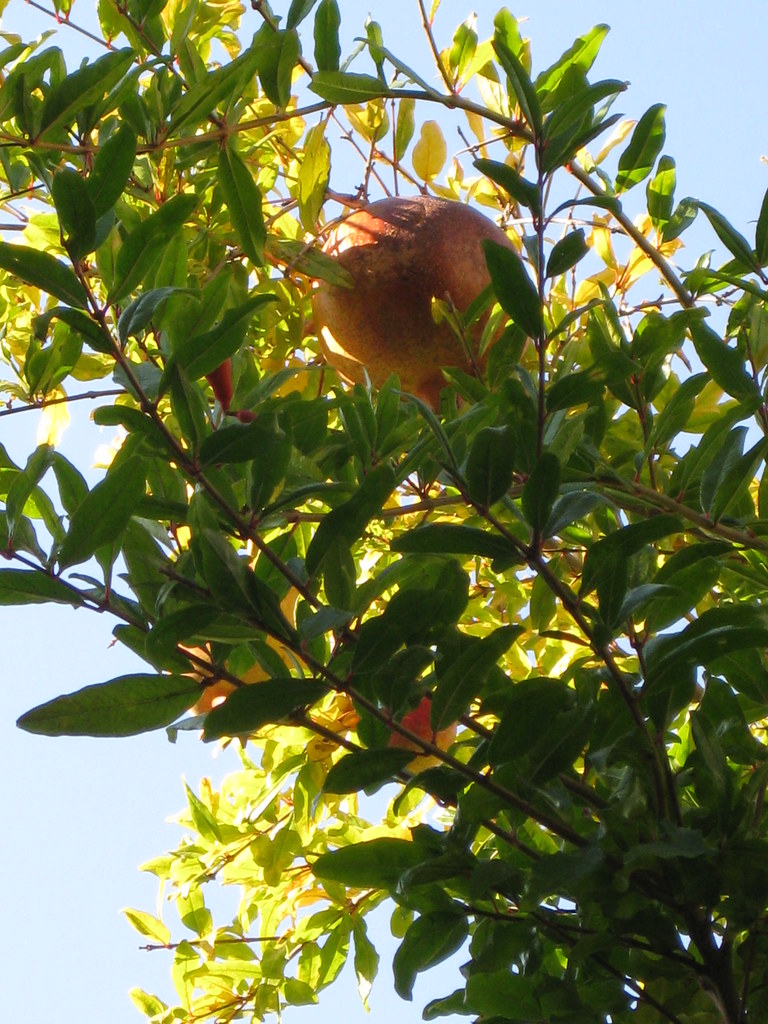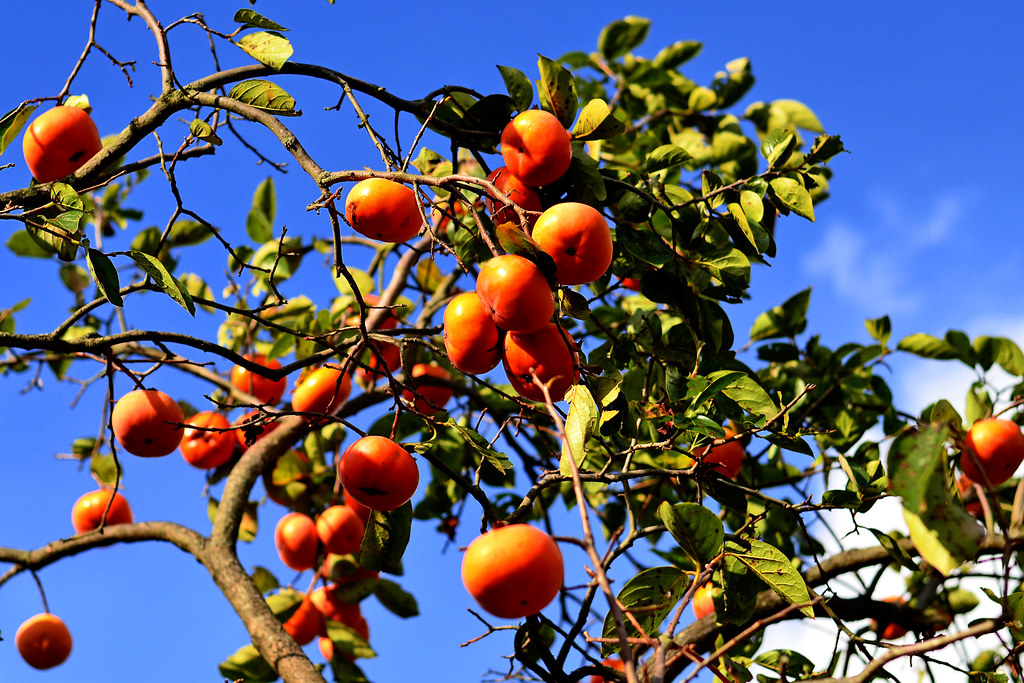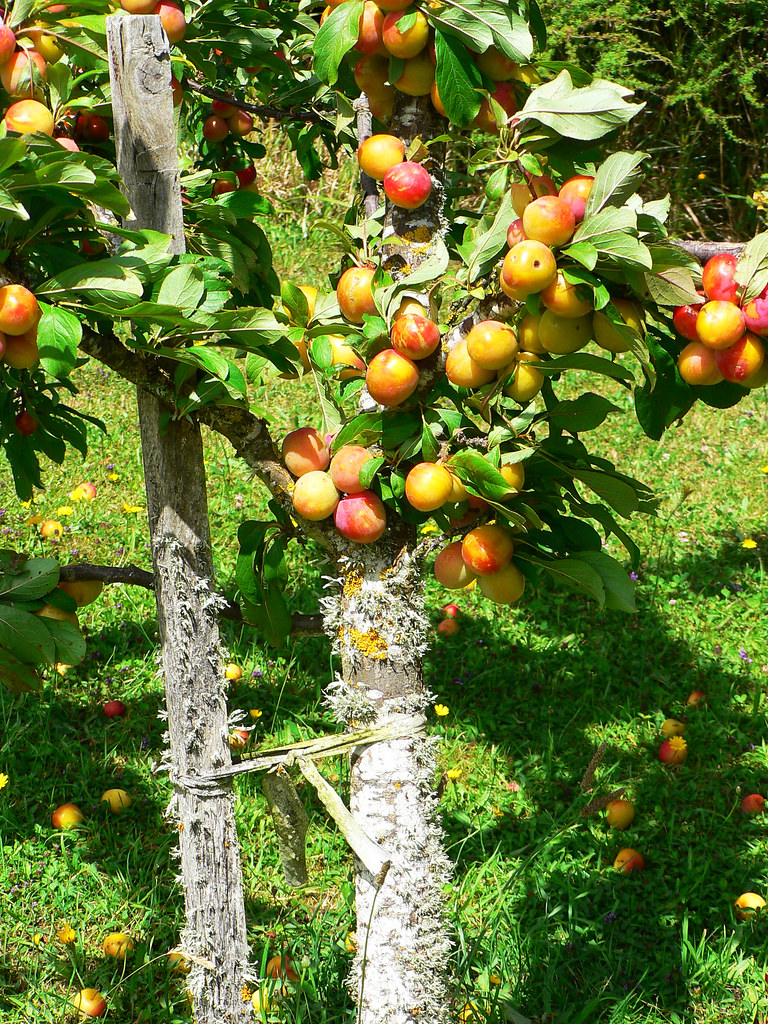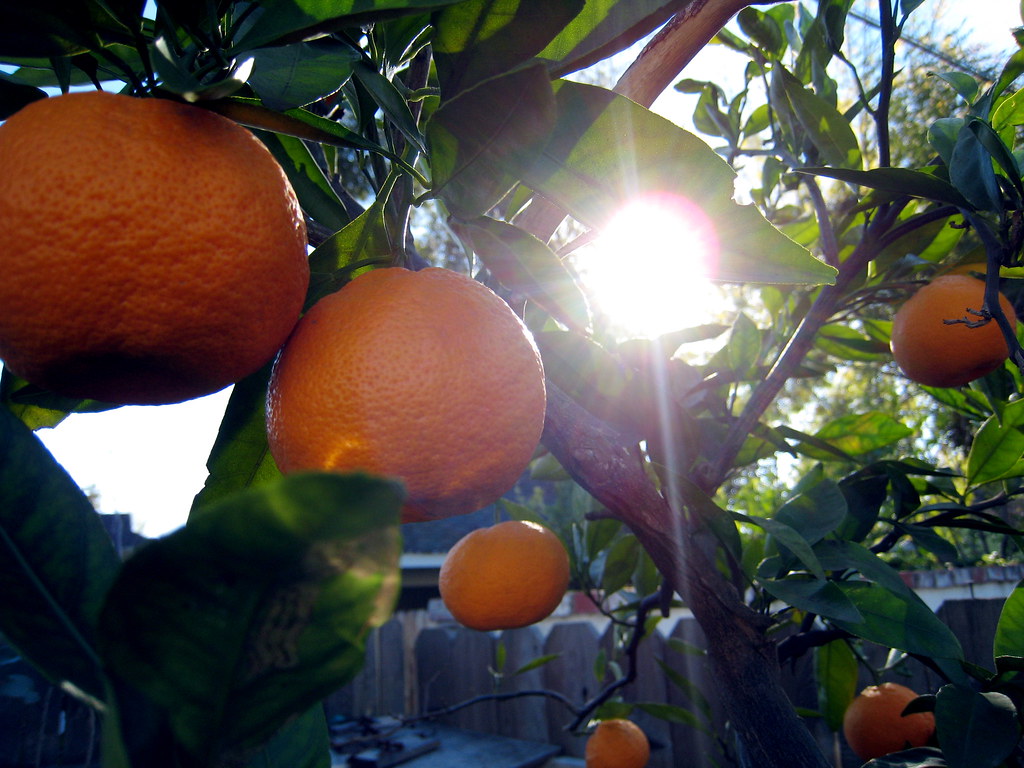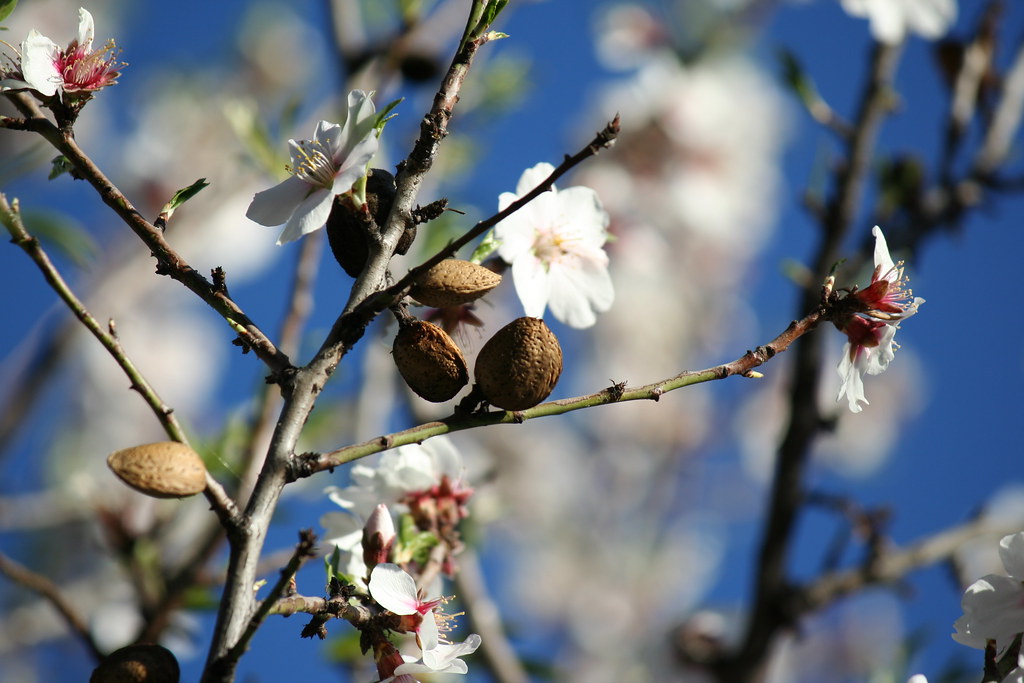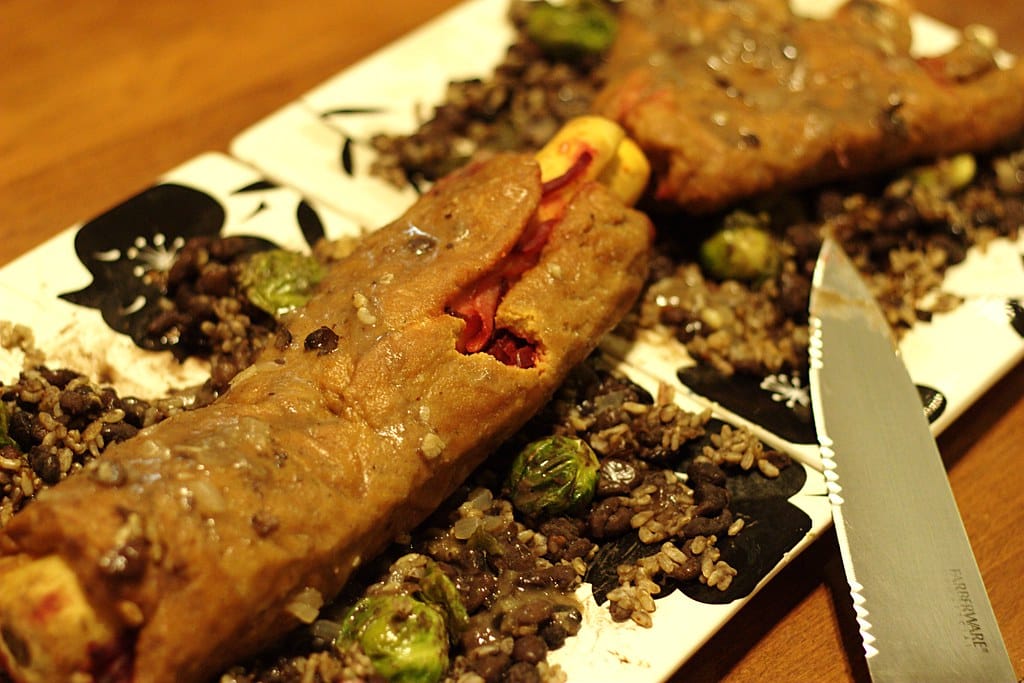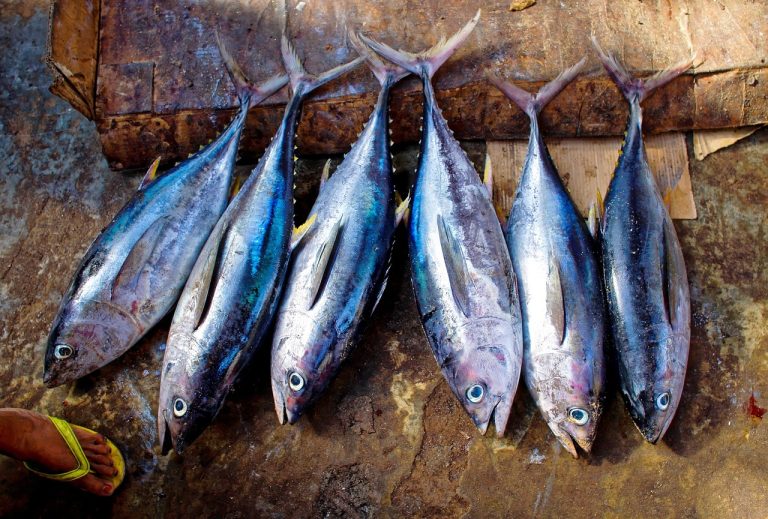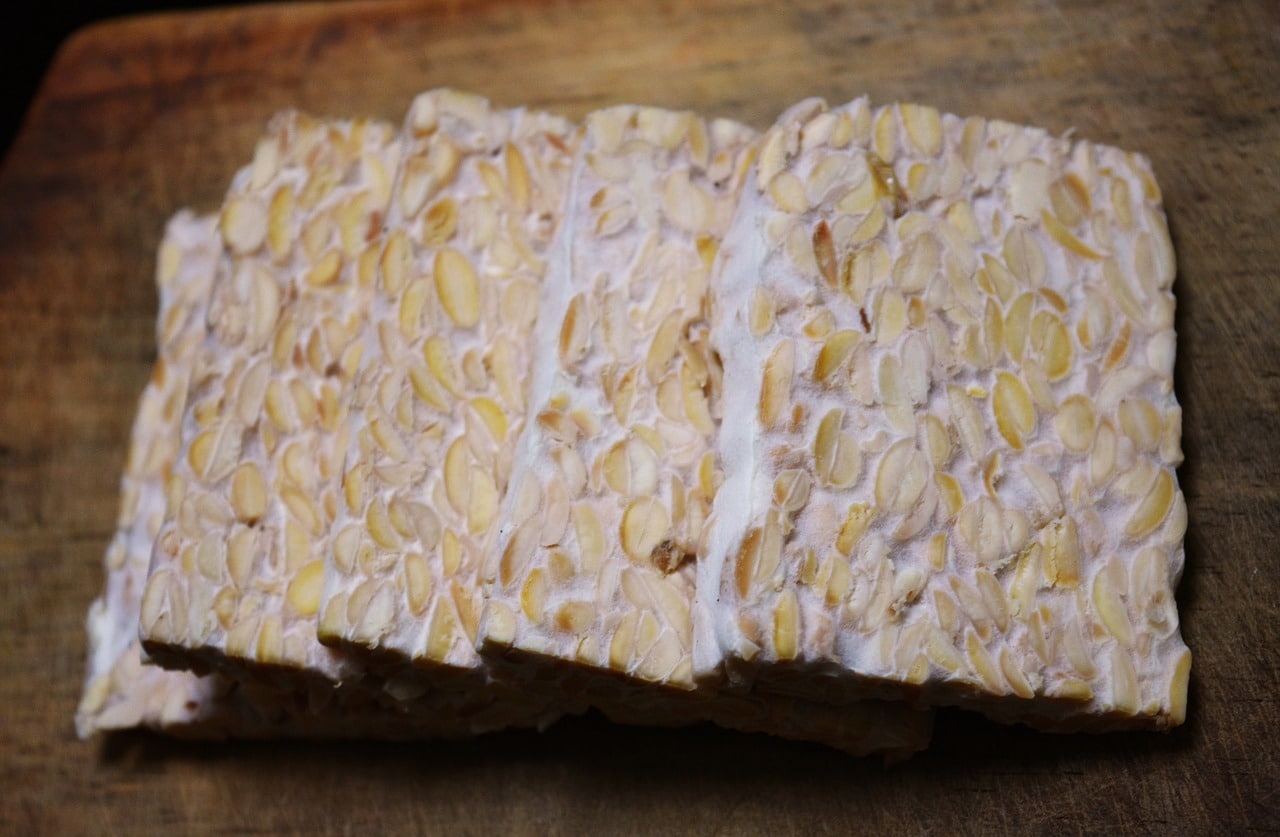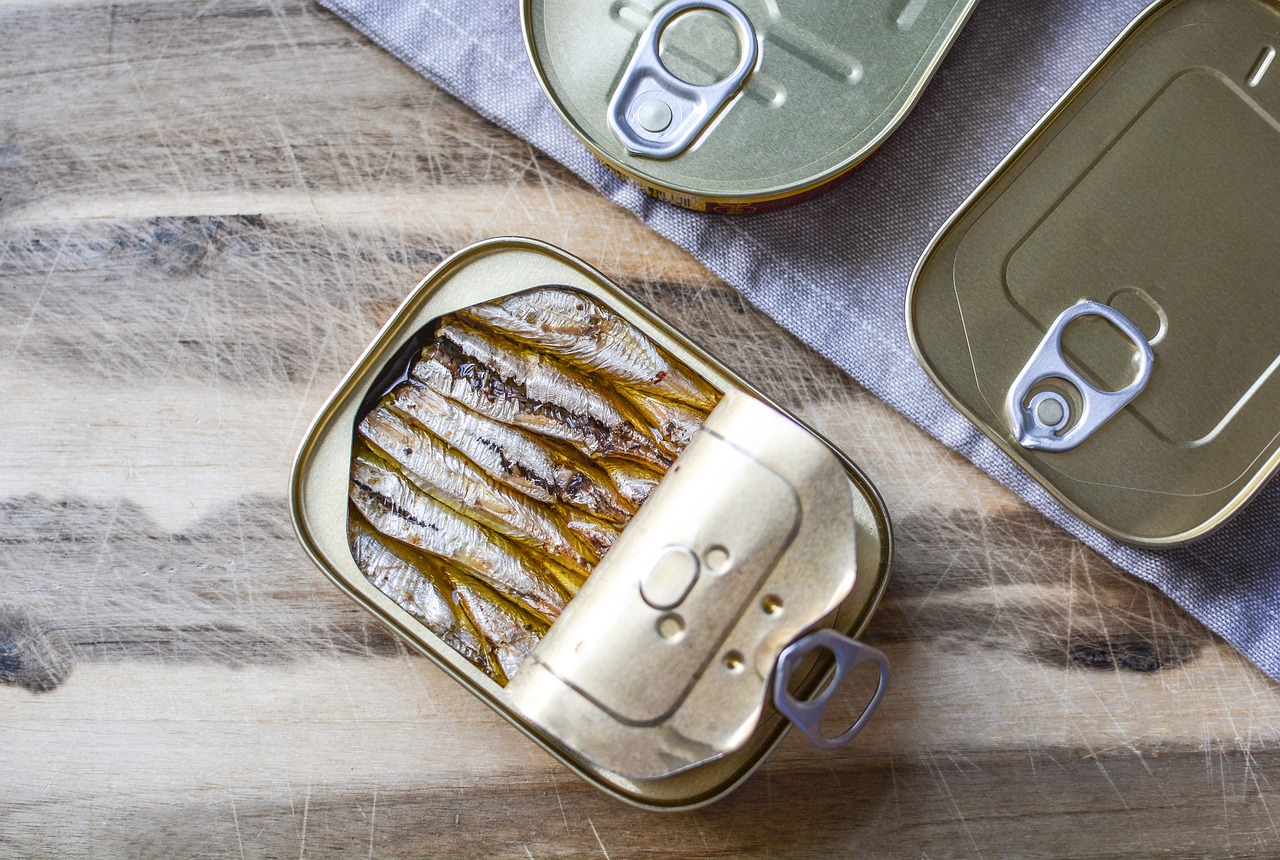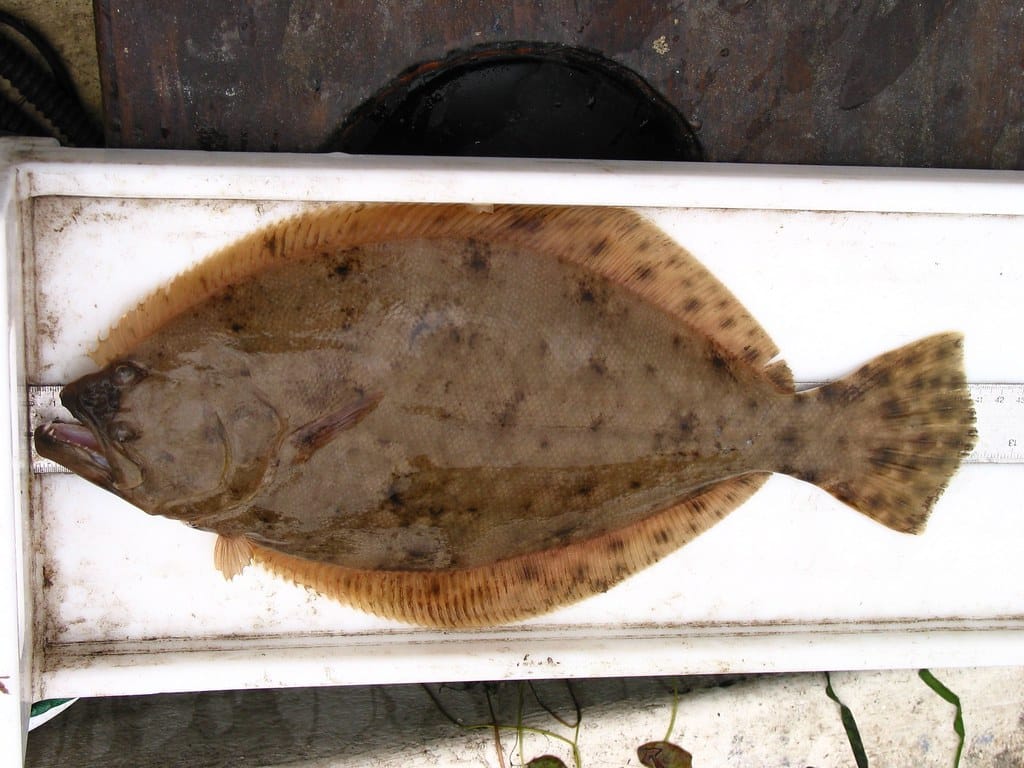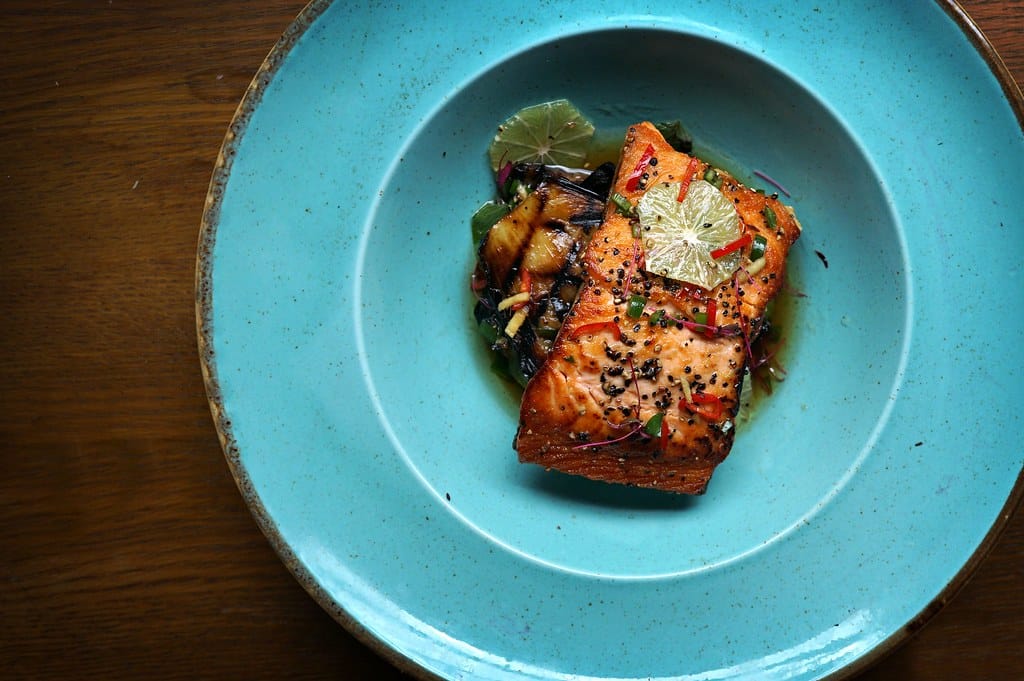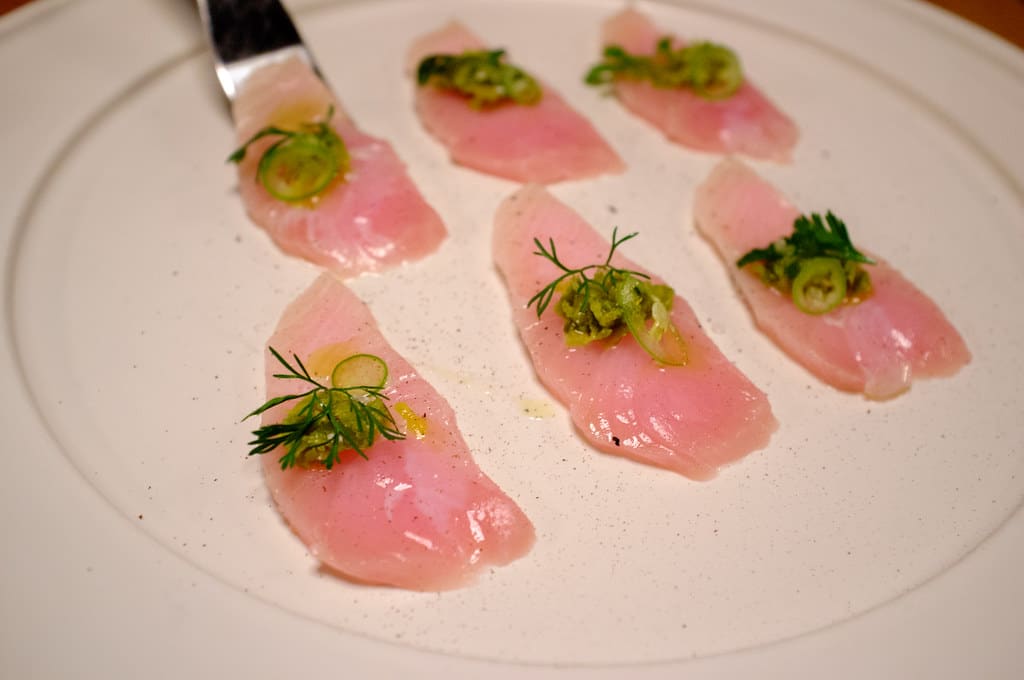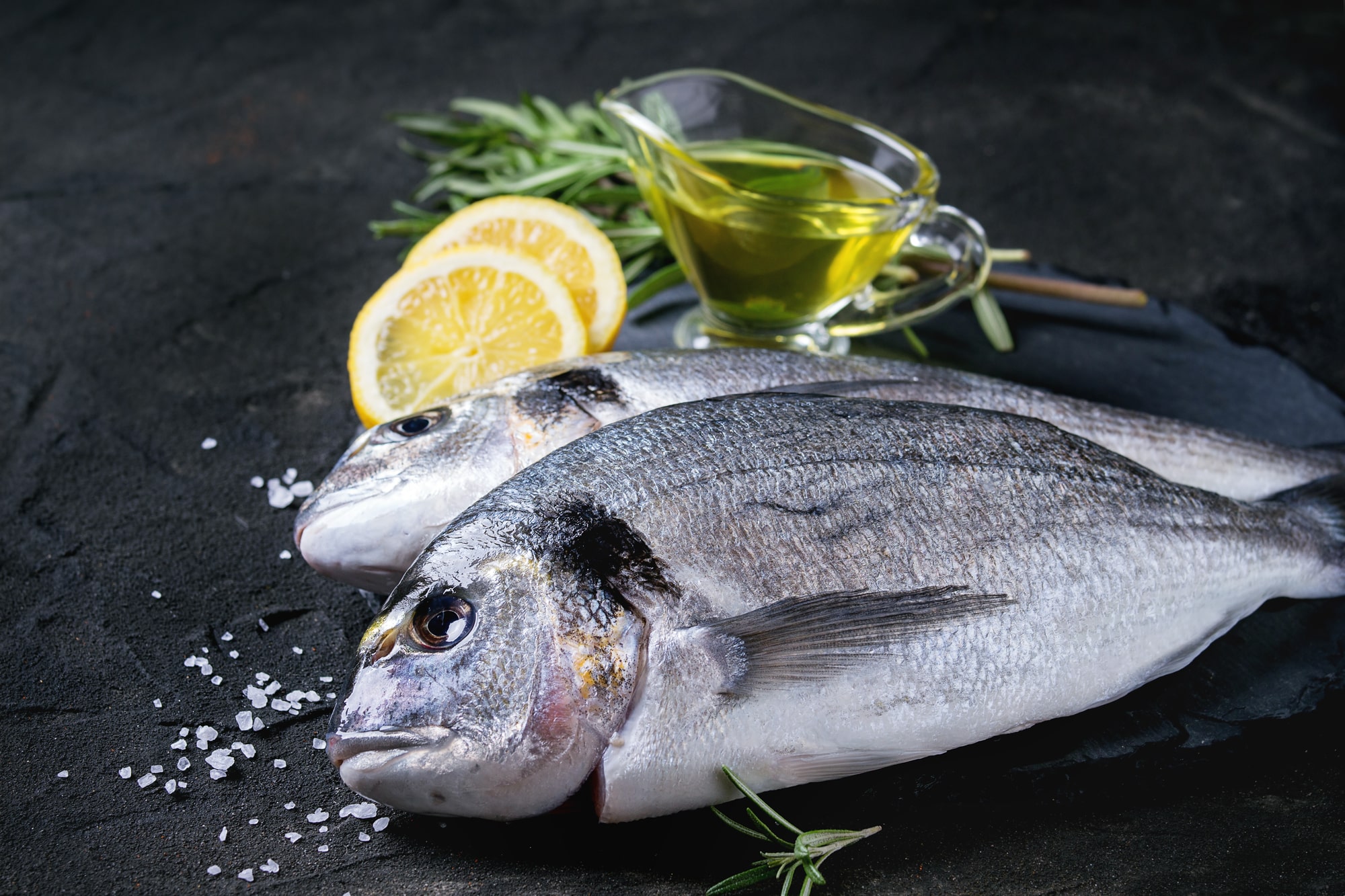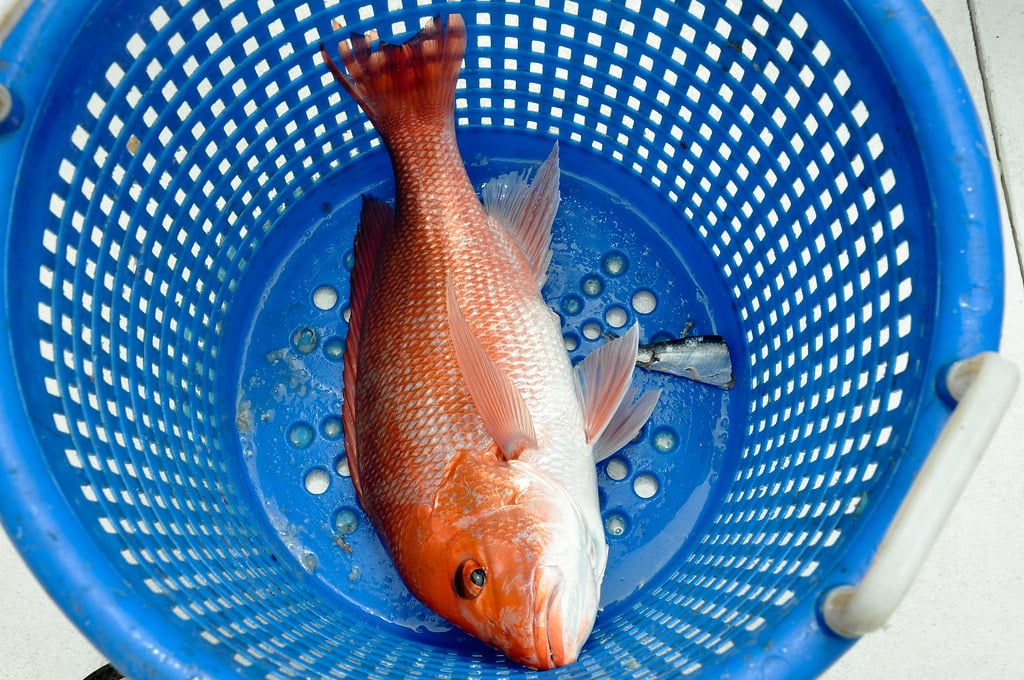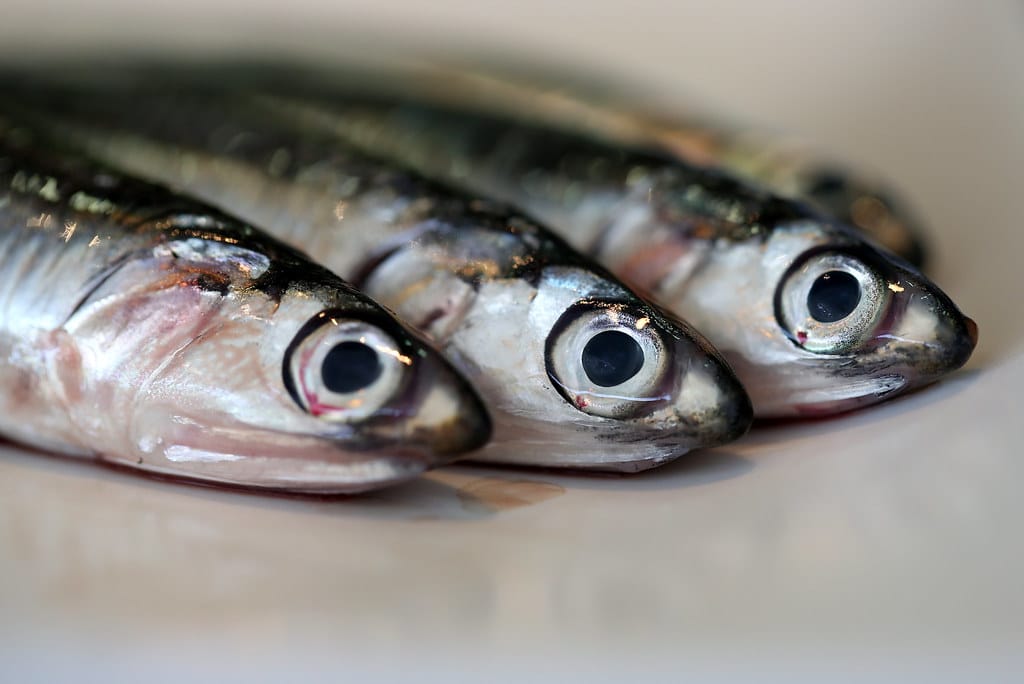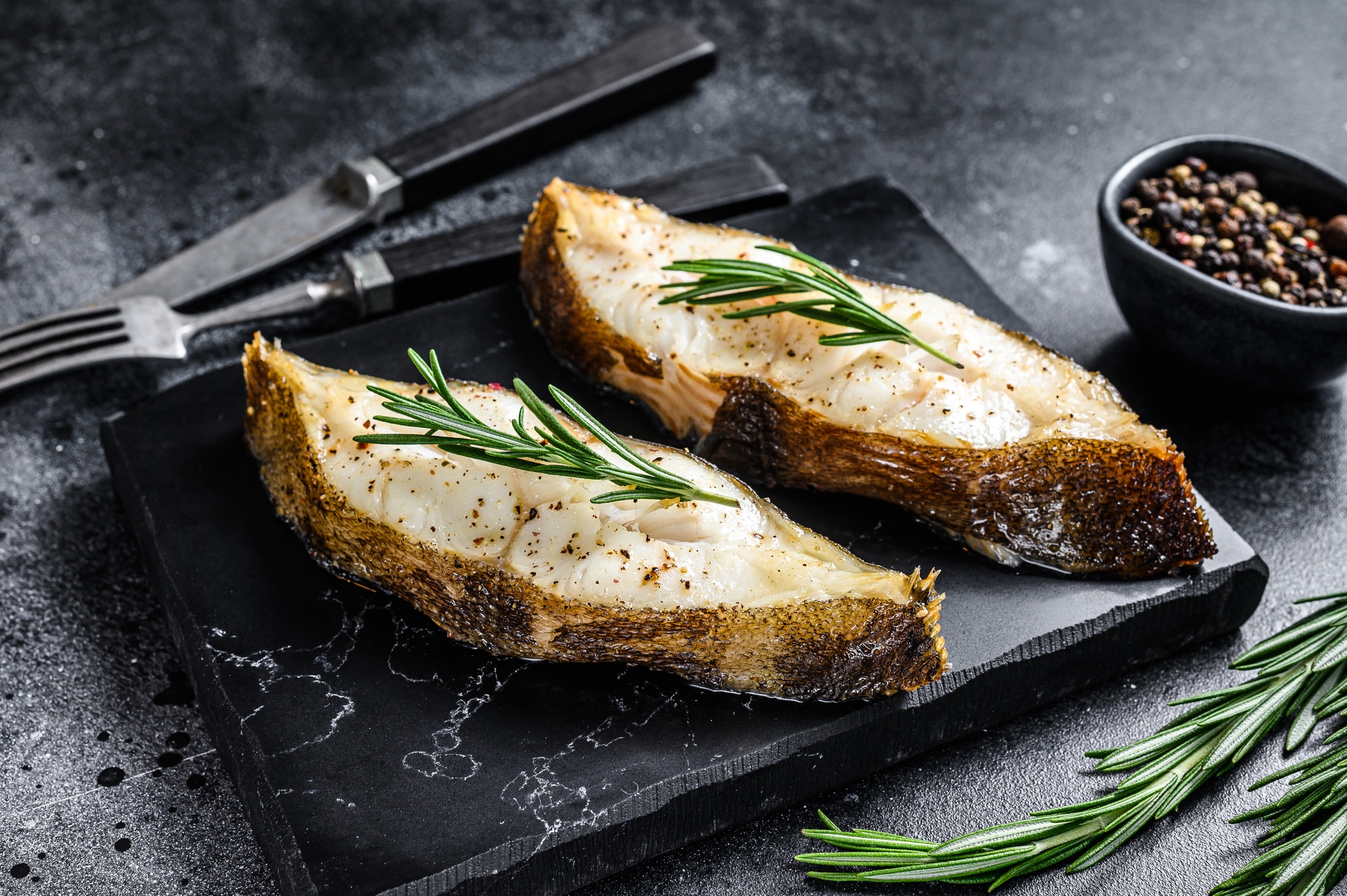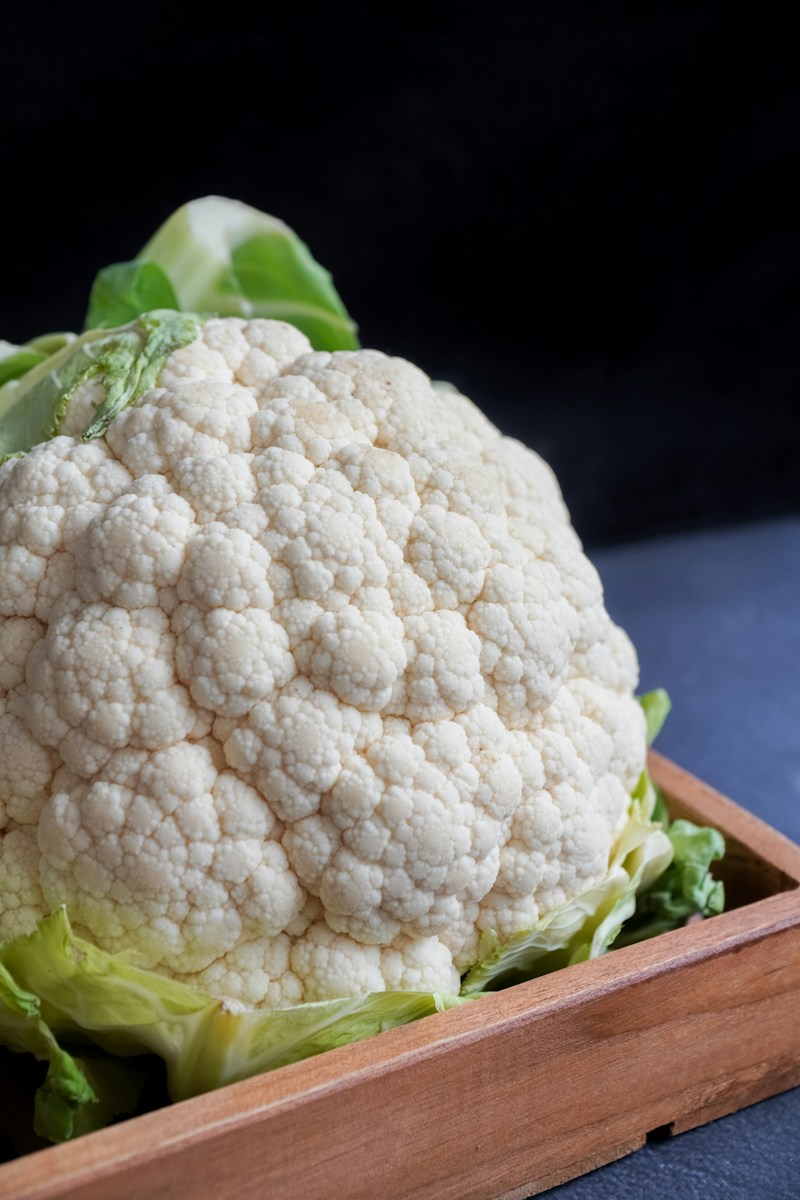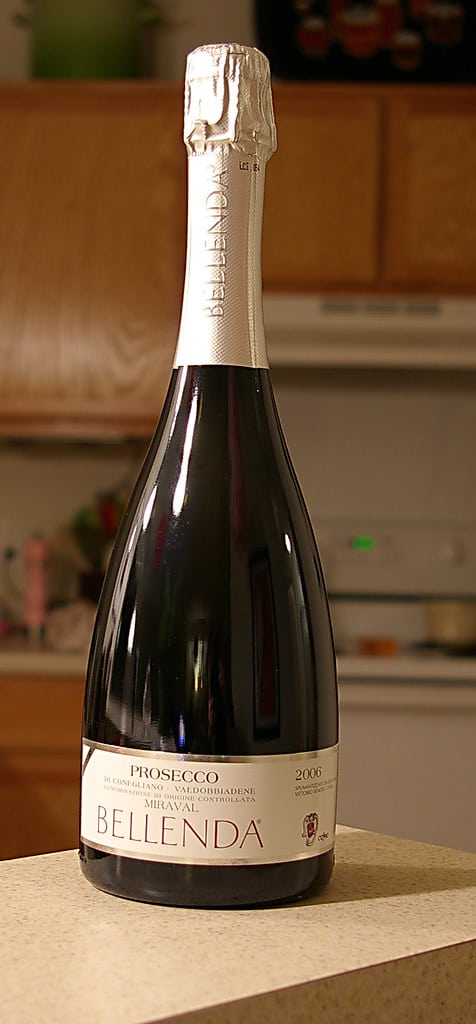The 1980s, ah. Big hair, leg warmers, vivid colors, high-waisted jeans, and many other ‘fashion’ statements made it a period to remember.
In fact, many popular drinks of the 80s were eschewed using fresh ingredients and bartending expertise in favor of premixes, like the powdered sour mix.
It’s simple to overlook the pub scene because the era had many notable characteristics.
Or maybe you wish to forget it because the pub scene back then wasn’t like it is now.
Most of us wouldn’t select popular drinks of the 80s based on flavor. Still, nostalgia is a wonderful vice that never goes away.
Why not travel back in time and try some of the 80s-era classics?
We will list some of our favorite popular drinks of the 80s on our blog list. Most of them are cocktails, making them simple to make at home.
Let’s get started!
1. Bartles & Jaymes Wine Coolers
This is the first on our list of popular drinks of the 80s. The 80s also saw a rise in popularity for wine coolers, but few brands were as successful as Bartles & Jaymes.
The flavor and quality of their products were just as crucial to the company’s success as the oddly retro aesthetic of their advertising.
Bartles & Jaymes was one of the few businesses that used actual wine instead of malt liquor in their coolers.
Due to this, they could not keep their pricing low enough to remain competitive, but popular drinks of the 80s were nonetheless well-liked while they were in business.
2. Slippery Nibble
Drinking and saying the slippery nipple shot are both entertaining.
Let’s face it: How many of us have at least ordered this item purely based on the name?
Sambuca (which has an anise flavor) and Irish cream liqueur are the only two components needed to make the most basic version of the beverage.
Even if Irish cream liqueur and sambuca flavors don’t go particularly well together, you still achieve a pretty layered effect without putting too much effort into it.
Add a little grenadine to the bottom of your glass to give the beverage an even more spectacular appearance.
With no need for the drink to be sweeter, this produces a three-layer effect and even more sweetness.
You can also try some entertaining versions, such as the fuzzy nipple, which calls for peach schnapps, and the buttery nipple, which incorporates butterscotch schnapps.
3. Between the Sheets
Although these were popular drinks of the 80s, the innuendo in the name was sufficient to make between the sheets immensely popular in the 1980s.
But don’t worry—between the covers isn’t a cheap, overly sugary cocktail.
Actually, it’s a tasty one. The major components are Cognac, rum, triple sec, and lemon juice.
This beverage, which has three alcoholic components, is strong and is best served in tiny glasses.
4. Light Beer
Although light beer is still a thing, the 1980s saw increased appeal.
For whatever reason, beer was light, but cocktails tended to be high in calories and sugar.
The mild beer may have provided some needed balance. Coors Light was a common choice here, not because it was a great beer but because there weren’t many other decent options.
5. Alabama Slammer
Alabama Slammer is next on our list of popular drinks of the 80s.
Even though the name isn’t a sexual connotation, the Alabama slammer features the bright colors and sweetness that you frequently see in 80s cocktails.
Nevertheless, the beverage did appear in the Playboy Bartender’s Guide in 1971, indicating that it had a sexual past.
You’re looking at Southern Comfort, Sloe gin, amaretto, and orange juice as ingredients.
Surprisingly, the drink flavors combine despite the combo sounding like what you’d get after raiding your parents’ liquor cupboard.
After the release of the film Cocktail in 1988, the cocktail’s popularity soared. Alabama slammers are still occasionally made by some people, but they are no longer as popular.
6. Pina Colada
One of those popular drinks of the 80s that keeps giving is the pina colada. It’s a well-known 80s option in part due to the 1979 release of Escape (The Pina Colada Song).
The cocktail’s preferred liquor is rum, and the flavors are balanced by adding coconut cream and pineapple juice.
You end up with a delightful, creamy, sweet drink that reminds me of tropical vacations.
Pina colada variations from the 1980s frequently used syrups to add flavor and cheap rum to produce a subpar beverage.
You may create a superior version using premium coconut cream, fresh pineapple juice, and respectable rum.
7. Sex On The Beach
Sex on the Beach is one of the popular drinks of the 80s. A pricey cocktail shaker is next to the Sex on the Beach cocktail on a black table with a black background.
How can you tell whether a cocktail dates back to the 1980s? Mostly because the name is provocative and lovely.
Of course, many popular drinks of the 80s don’t meet either of those descriptions, but a surprising amount do.
The cocktail’s four (or occasionally five) ingredients may initially appear difficult to make.
But don’t worry. The cocktail comes together well, and the essential ingredients are simple to locate.
To create the drink at home, you’ll need vodka, peach schnapps, cranberry, and orange juice to balance the alcohol content.
Given the height of the drink, you need a fair amount of fruit juice to create a sweet, fruity, and delectable cocktail.
You can add Chambord or crème de cassis as the optional fifth component to create a more complex beverage.
Some folks like to mix things up by substituting pineapple juice for the orange juice.
8. Long Island Iced Tea
Long Island iced tea is also one of the popular drinks of the 80s.
This cocktail was created in the 1970s and was quite well-liked far into the 1980s (and it’s still really well-liked right now).
A Long Island Iced Tea is not polished, like other popular drinks of the 80s.
The beverage is actually a mishmash of many alcoholic beverages, including vodka, white rum, gin, tequila, and triple sec.
Lemon juice and simple syrup are added, and cola is added to finish it.
It doesn’t seem like the drink should be effective. However, it still does.
Surprisingly, the flavors complement one another well, and the dish’s sweetness and sourness help hide some of the alcohol.
The result is a potent concoction that is surprisingly simple to consume. What a success it must have been in the 1980s.
9. White Zinfandel
Another beverage still available today is white zinfandel, albeit it isn’t as common as before.
White zinfandel’s sweetness in the 1980s made it a smash hit, especially since the pink wine goes down smoothly.
The same was true with wine snobbery before then, so enjoying a glass of white zinfandel was simple without feeling any condemnation.
But don’t let wine snobbery turn you off if you enjoy white Zinfandel.
Let’s drink what we like and call it a day. Who has time to worry about drinking the “right” thing?
10. Cosmopolitan
A cocktail that is easily recognizable is the Cosmopolitan. In reality, it has a lengthy history and wasn’t always thought of as just a beverage for ladies.
Sex and the City, which put cosmopolitans in the spotlight, brought about a change.
The color of the beverage contributed to its popularity in part.
These popular drinks of the 80s are also attractive, simple to drink, and have more alcohol than you might anticipate. What could be more enjoyable for a night out?
Cranberry juice, lemon vodka, triple sec, and a little lime juice are frequently used to make the cocktail.
Some variations may use maple syrup or another substance for added sweetness, but this is unnecessary.
11. Tequila Sunrise
Given that it is sweet, vibrant, and appealing to the eye in the glass, it is no surprise that this drink enjoyed some success in the 1980s.
The main flavoring ingredient in this drink is the mixture of tequila and orange juice, while the grenadine splashes give it a sunset-like hue.
Like many other popular drinks of the 80s, if made incorrectly, this one can be too sugary and unpleasant, but if done correctly, it can be really tasty.
Make your own grenadine if you really want to go the additional mile. You get a more well-rounded, less sweet component by doing this.
12. B52
The B52 serves as a reminder of how bizarre some photographs may be.
It’s a three-part task that requires triple sec, Bailey’s Irish Cream, and Kahlua. It looks amazing if the layers are done correctly.
Unexpectedly, the shot actually tastes delicious as well. The mixture of flavors creates a shot that resembles caramel with a hint of orange flavor.
In fact, the flavor is intriguing enough that you might want to savor each sip rather than down the entire shot at once.
13. Fuzzy Navel
Some popular drinks of the 80s were remarkably straightforward, like the fuzzy navel, which only calls for orange juice and peach schnapps.
Unsurprisingly, the result is a tasty orange beverage that is simple to drink.
Since peach schnapps typically have an alcohol by volume (ABV) of 15% to 20%, this cocktail is primarily light.
Light cocktails, however, are not necessarily a problem. They are ideal for serving before supper or at lunchtime events.
Since there are just two ingredients, your orange juice’s quality is crucial.
It is hundreds of times nicer to make a fuzzy navel with freshly squeezed orange juice than with juice reconstituted from a bottle.
14. Amaretto Sour
The amaretto sour met the same demise as many popular drinks of the 80s because it frequently used a sour mix rather than real lemon juice.
With this strategy, you get a drink that is way too sugary and tastes precisely like it did in the 1980s.
In fact, the original cocktail contained amaretto, sour mix, and occasionally a little orange juice.
Few people miss this particular cocktail (apart from those who have forgotten how it once tasted, presumably).
Today’s mixologists have given the beverage a unique identity by imitating other sour cocktail styles.
One recipe calls for bourbon, amaretto, fresh lemon juice, and simple syrup.
These ingredients give you a more well-balanced drink with an intriguing flavor combination.
15. Blue Curacao Cocktails
It’s understandable why blue curacao was a well-liked ingredient in the 1980s since colorful beverages were all the rage.
The liqueur has a vivid blue color and an orange flavor, making it a fun cocktail ingredient.
The Blue Lagoon, a famous cocktail from the 1980s, contains blue curacao, vodka, and lemonade.
In certain variations, lime juice and lemon-lime soda are added to slightly change it. You still get a popular light blue tropical drink, though.
One illustration is the blue lagoon. Additional blue curacao drinks are available, and bartenders frequently experiment to create their own.
Blue Curacao is making a comeback among modern bartenders, but this time, the emphasis is on producing elegant drinks with complex flavors rather than overly sugary concoctions.
16. Harvey Wallbanger
An easy-to-make iconic drink from the 1980s is the Harvey Wallbanger. Vodka, Galliano, and orange juice are the only required components.
Of course, we’re talking about a screwdriver with a thin layer of Galliano. Since the Galliano barely affects the drink’s color, it can seem unnecessary.
To give you something a little more than just alcoholic orange juice, it does provide an intriguing flavor.
Just be sure to pick a good vodka and some juice. Since the cocktail has so few ingredients, each one’s quality is essential.
17. Bucks Fizz
A very well-known pop group from the 1980s was called Bucks Fizz. It’s not a surprise that the similarly named cocktail gained popularity.
But in all honesty, the cocktail isn’t anything particularly noteworthy.
Like a mimosa, a bucks fizz calls for two parts sparkling wine to one part orange juice, and a mimosa calls for a 50/50 combination.
Furthermore, let’s face it: most of us don’t really pay heed to the advised ratios of orange juice to wine. We employ any mixture that feels appropriate at the time.
That might entail making a drink with more orange juice in the morning and more wine in the evening.
18. Snowball
A snowball cocktail is also on our list of popular drinks of the 80s and a great option for holiday gatherings, partly due to the light color.
Its preferred alcoholic beverages are advocaat and cognac.
Fresh lime juice and sparkling lemonade are also present. Some variations only utilize advocaat and omit the cognac.
In any case, you end up with a fairly light drink that appeals to the eye.
Even better, you can mix it up and create a champagne snowball by substituting champagne for the lemonade.
19. Grasshopper
Grasshopper was created in 1918; this creamy green cocktail gained popularity in the 1970s and 1980s. In fact, you can still find it now in a lot of places.
It is also a simple cocktail with only three ingredients—heavy cream, white crème de cacao, and crème de menthe.
Use an equal amount of each of them. Just combine everything with ice and mix before straining into a glass.
Using white crème de cacao in this situation is crucial because a darker crème de cacao will modify the cocktail’s color.
There are other varieties to try, like the After Eight grasshopper, which combines dark chocolate liqueur with other ingredients.
20. Woo Woo
A straightforward, fruity, and delectable cocktail is the woo-woo.
It uses vodka, peach schnapps, lime juice, and cranberry juice. A sweet cocktail with a moderate alcohol content results from this mix.
It is comparable to the Cosmopolitan, except it uses triple sec and lemon vodka, giving it a more pronounced citrus flavor.
These popular drinks of the 80s are similar enough that most people who like one would also like the other.
21. French Martini
The French martini’s fruity and moderately bright flavor is reminiscent of the popular 80s style.
Additionally, the fruit components effectively cover up the flavor of the alcohol.
It’s a straightforward cocktail that only calls for vodka, black raspberry liqueur, and pineapple juice.
Depending on the drinker’s preferences, the ratios can vary greatly.
In certain variations, the ingredients are divided into 3 parts: vodka, 1 part black raspberry liqueur, and 3 parts pineapple juice. This 3:1:3 variant typically has a fruity, moderately alcoholic flavor.
Alternatively, you can use a 1:1:2 ratio, which drastically reduces the alcohol concentration and increases the sweetness of the beverage.
Another variation uses a 4:1:3 ratio and is far less sweet and more alcoholic.
22. Espresso Martini
Like the French martini, these popular drinks of the 80s aren’t truly martini because there isn’t any vermouth present. Instead, the cocktail uses vodka, espresso, and coffee liqueur.
When the cocktail was created, the pairing of coffee and vodka was highly unique.
But today, the cocktail is well-known and can be found on many bar menus. Coffee can help you stay energized and alert, especially if you have a late night.
23. Bramble
In contrast to other beverages on this list, the bramble was created in the 1980s—more specifically, in 1984.
The cocktail is actually quite basic despite how beautiful it appears.
Gin, lemon juice, simple syrup, a tonne of crushed ice, and blackberry liqueur are the only essential ingredients.
These popular drinks of the 80s are made by beginning with a glass of crushed ice. Gin, sugar syrup, and lemon juice are then added.
This makes it somewhat reminiscent of a classic sour.
The difference is that you slowly drizzle blackberry liqueur over the beverage, giving it a really gorgeous appearance.
24. Purple Passion
Purple Passion is different from other cocktails because it was bottled in the 1980s rather than created in bars.
Given that Everclear was a main component of the drink, its high alcohol concentration likely contributed to its popularity.
Purple Passion didn’t stay in the stores for long, but it just underwent a comeback, so you might still run into it.
Many recipes are also imitations, such as this one from theshortordercook.com.
However, if you wanted to make it more like the original, you could easily use Everclear for the vodka in that version.
25. Screaming Orgasm
Why do cocktail names and innuendo go hand in hand? The roaring orgasm definitely supports this notion. The cocktail is so rich that it might stand alone as a dessert.
Amaretto, Irish cream liqueur, cream (or half-and-half), milk, and vodka are included in the list of ingredients.
Despite having many ingredients, this cocktail is rather simple to make.
Simply combine equal amounts of each of the six ingredients in a shaker, then strain into a glass filled with ice.
These popular drinks of the 80s are especially significant. You end up with an orgasm cocktail if you don’t have it.
Even though that version is still delicious, wouldn’t you like to scream with orgasm?
26. Dirty Banana
If we’re talking about sex drinks, why not try a filthy banana? This concoction combines gold rum with banana, coffee, and cream liqueurs.
It tastes as nice as it sounds and works best with a ripe banana.
A cocktail made with cream and bananas is pretty filling. Like the screaming orgasm, this one can be eaten as a dessert.
27. Singapore Sling
The Singapore sling was first developed in 1915, but the 1980s saw its peak in popularity.
Given the use of curaçao, Bénédictine, pineapple juice, and lime juice, it is a pretty complicated gin cocktail.
There is a small amount of cherry liqueur and grenadine for added color.
The formula can, of course, be altered in infinite ways, just like many cocktail recipes.
For instance, some variations omit the curaçao and substitute Grand Marnier and Angostura bitters.
The Singapore sling is challenging to prepare at home due to its complexity.
However, these popular drinks of the 80s are worth tasting for yourself if you can find a place to serve them.
Conclusion
With a few popular drinks of the 80s with dubious names, travel back in time or fill the space with the neon brilliance of an 80s cocktail.
There are popular drinks of the 80s to suit each need or want, no matter how you want your day or night to go. Enjoy!
